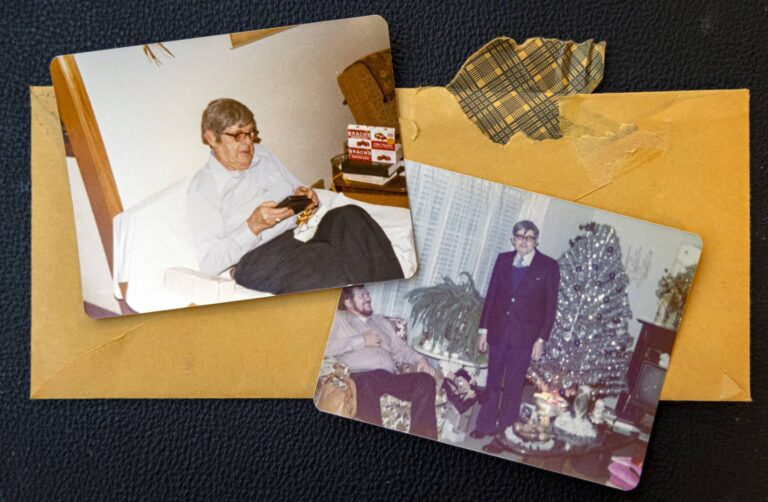For decades, the Tylenol murders have been one of the nation’s most terrifying mysteries. Seven people in the Chicago area died in late 1982 after taking capsules filled with potassium cyanide. Their deaths led to tamper-resistant packaging, federal laws against product tampering and urban legends about tainted Halloween candy.
Despite the attention the killings generated and the worldwide panic they caused, no one has ever been charged with the crime. And time is running out.
With that in mind, investigators are taking a fresh look at the murders, including the many twists and turns in the case over four decades. The Tribune wrote about the case this fall in a news story and a six-part serial, as well as a companion podcast, “Unsealed: The Tylenol Murders.”
- Tribune exclusive: Law enforcement seeks to persuade prosecutors to act on ‘chargeable’ case
- Part 1: The story of a 40-year-old unsolved case begins with a terrifying medical mystery
- Part 2: Cyanide-laced Tylenol was the murder weapon. But who was the killer?
- Part 3: Chicago police zero in on a suspect, and the case claims an 8th victim
- Part 4: ‘That’s Jim Lewis!’ The task force turns its attention to a man with a disturbing past.
- Part 5: For the Tylenol task force and their top suspect, the game is on
- Part 6: A sting operation turns up the heat on a ‘perfect cold case’
Here’s how the case has gotten to where it is today. The timeline begins a few years before the murders, with a seemingly unrelated Missouri homicide.
Raymond West’s dismembered body is found in his attic in Kansas City, Missouri. His tax man, James Lewis, is charged with West’s murder four days later, but the case is dropped before trial because of a police error.
Advertisement
Authorities raid James Lewis’ home as part of a credit card fraud investigation. Lewis and his wife, LeAnn, leave their home and head to Chicago.
Advertisement
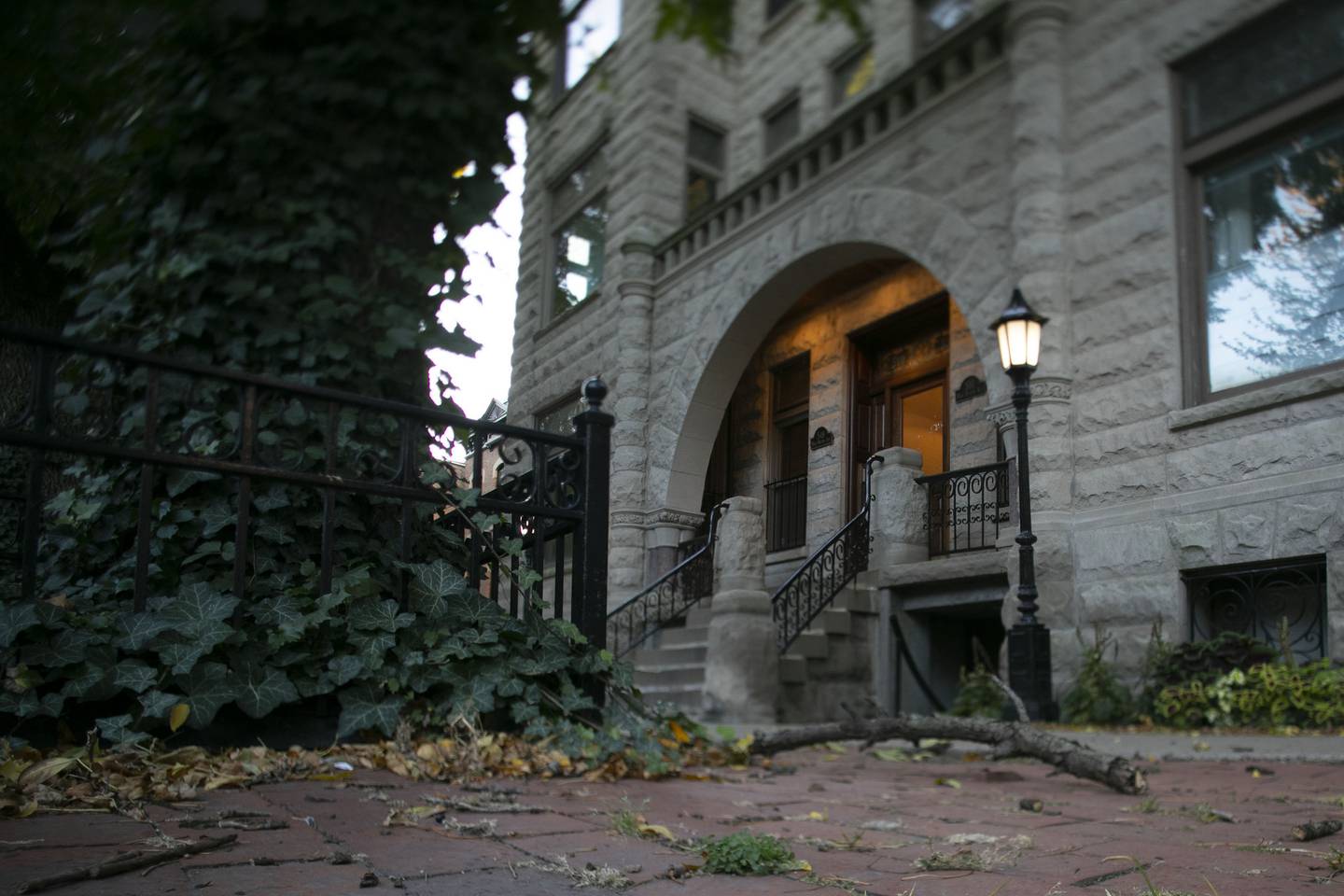
The Lewises check into the Surf Hotel in Chicago’s Lincoln Park neighborhood using the names Robert and Nancy Richardson. A week later, they move to a small apartment on Belden Avenue. LeAnn Lewis later takes a job at Lakeside Travel, an agency owned by Frederick Miller McCahey.
Advertisement
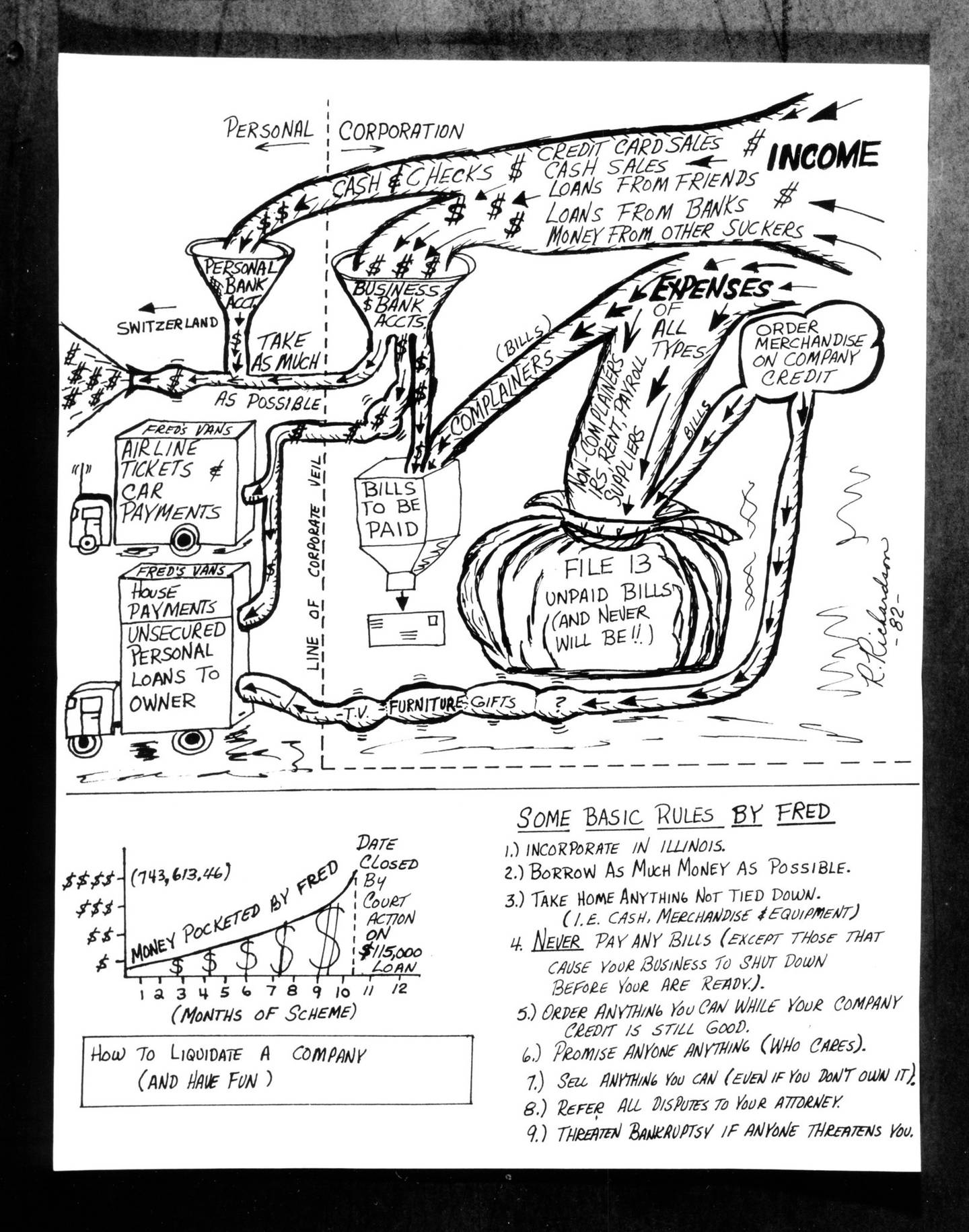
LeAnn Lewis receives her final paycheck from Lakeside Travel. It bounces, and she files a complaint against McCahey with Illinois Labor Wage Claim Board. James Lewis writes a three-page document about the claim and offers to speak on behalf of the jilted employees.
Advertisement
At a wage board’s hearing about the claim, James Lewis tries to speak on the employees’ behalf but is told he has no standing because he didn’t work at Lakeside. The judge denies the employees’ claims, and James Lewis gets into a shouting match with McCahey before leaving.
Advertisement
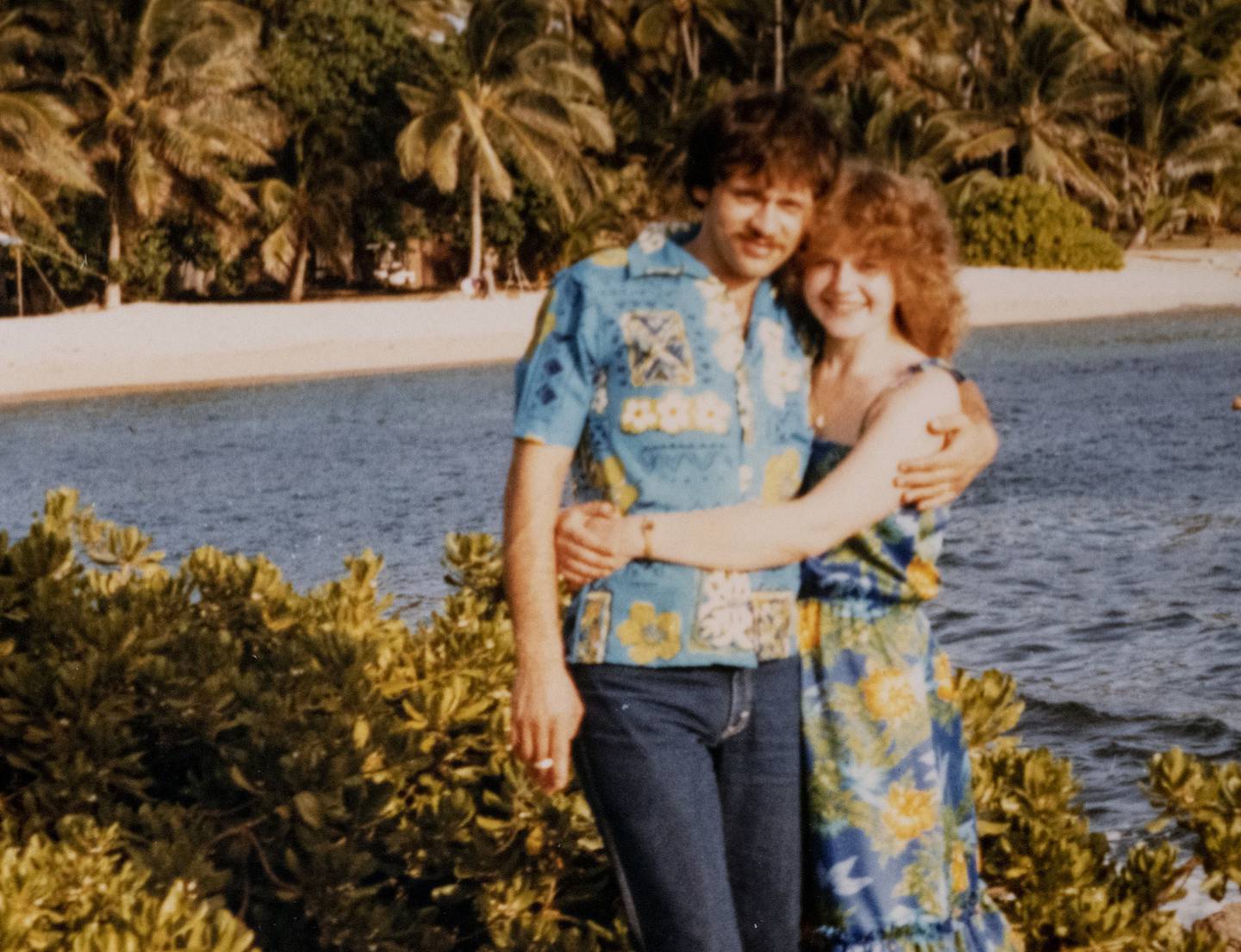
Theresa “Terri” Tarasewicz and Stanley Janus marry at St. Hyacinth Catholic Church in Chicago. Hundreds attend their reception at the White Eagle banquet hall in Niles, the same place where Stanley’s older brothers, Joseph and Adam, had celebrated their weddings. They honeymoon in Hawaii.
Advertisement
James Lewis and his wife abruptly leave Chicago. The couple — who had already paid that month’s rent — told friends they were moving to Texas to be closer to her parents. In reality, the couple pay cash for two one-way train tickets to New York City. They use the names Karen and William Wagner when traveling but return to the aliases Robert and Nancy Richardson while living in New York.
Advertisement
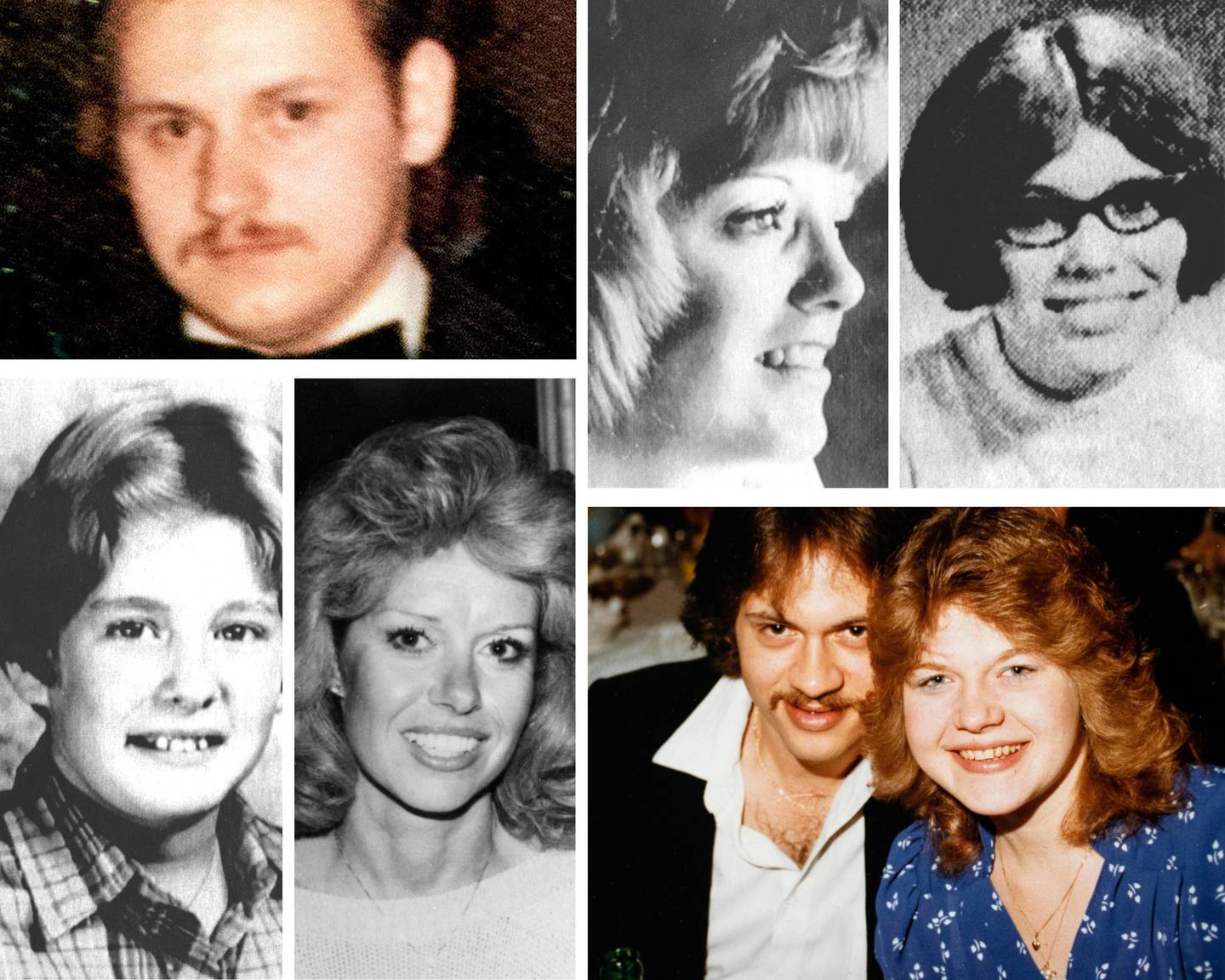
Seven people in the Chicago area ingest Tylenol capsules filled with a lethal amount of potassium cyanide.
- Mary Kellerman, 12, of Elk Grove Village
- Adam Janus, 27, of Arlington Heights
- Stanley Janus, 25, of Lisle
- Theresa Janus, 20, of Lisle
- Mary “Lynn” Reiner, 27, of Winfield
- Mary Sue McFarland, 31, of Elmhurst
- Paula Prince, 35, of Chicago.
A total of five tainted bottles of Tylenol connected to the victims are recovered.
Advertisement
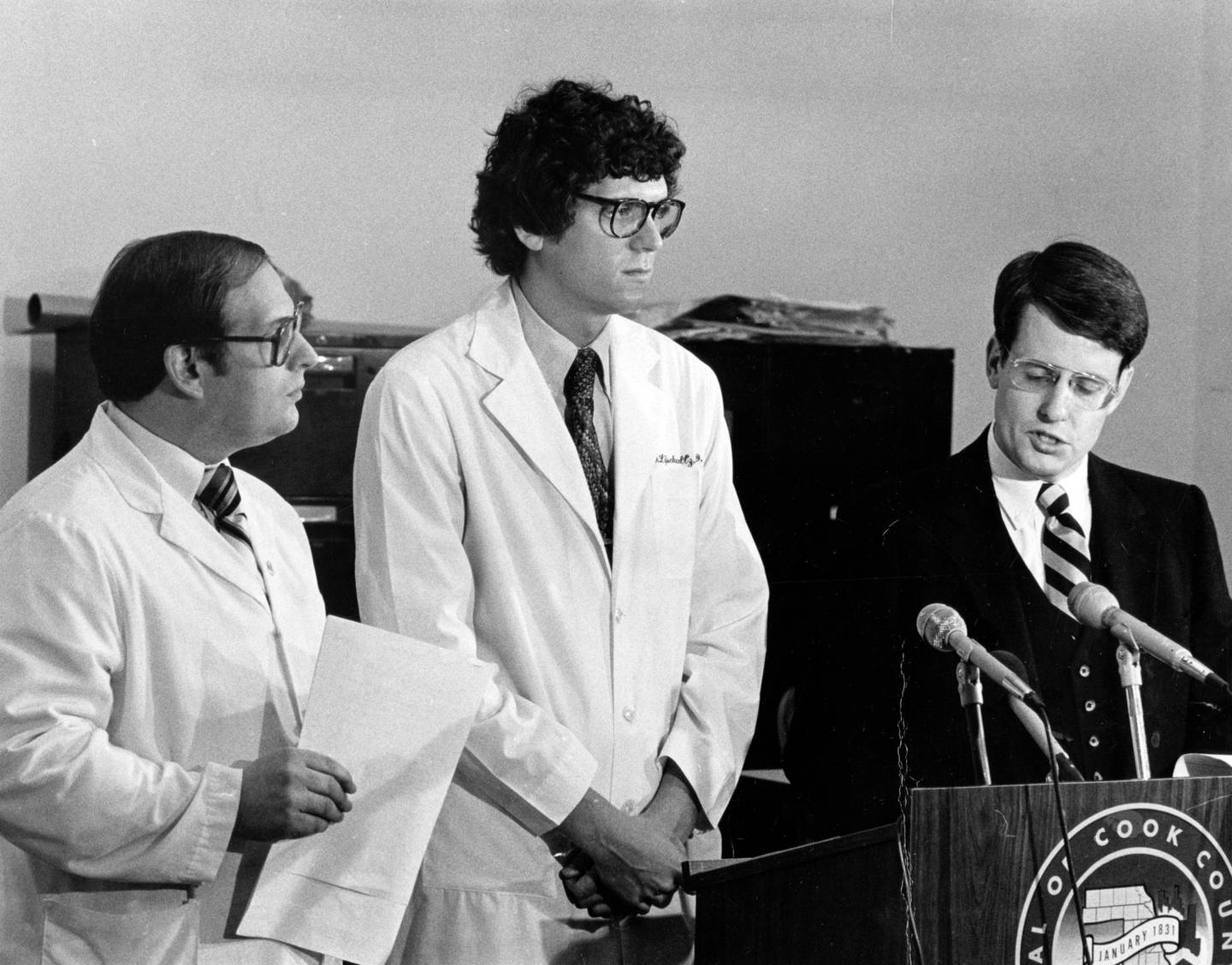
Edmund Donoghue, Cook County’s deputy chief medical examiner, holds a news briefing to announce several deaths related to poisoned Tylenol capsules. Johnson & Johnson recalls more than 93,000 bottles from the batch of Tylenol connected to the Janus and Kellerman deaths. The company later expands it to another 171,000 bottles with the same lot number as one McFarland purchased.
Advertisement
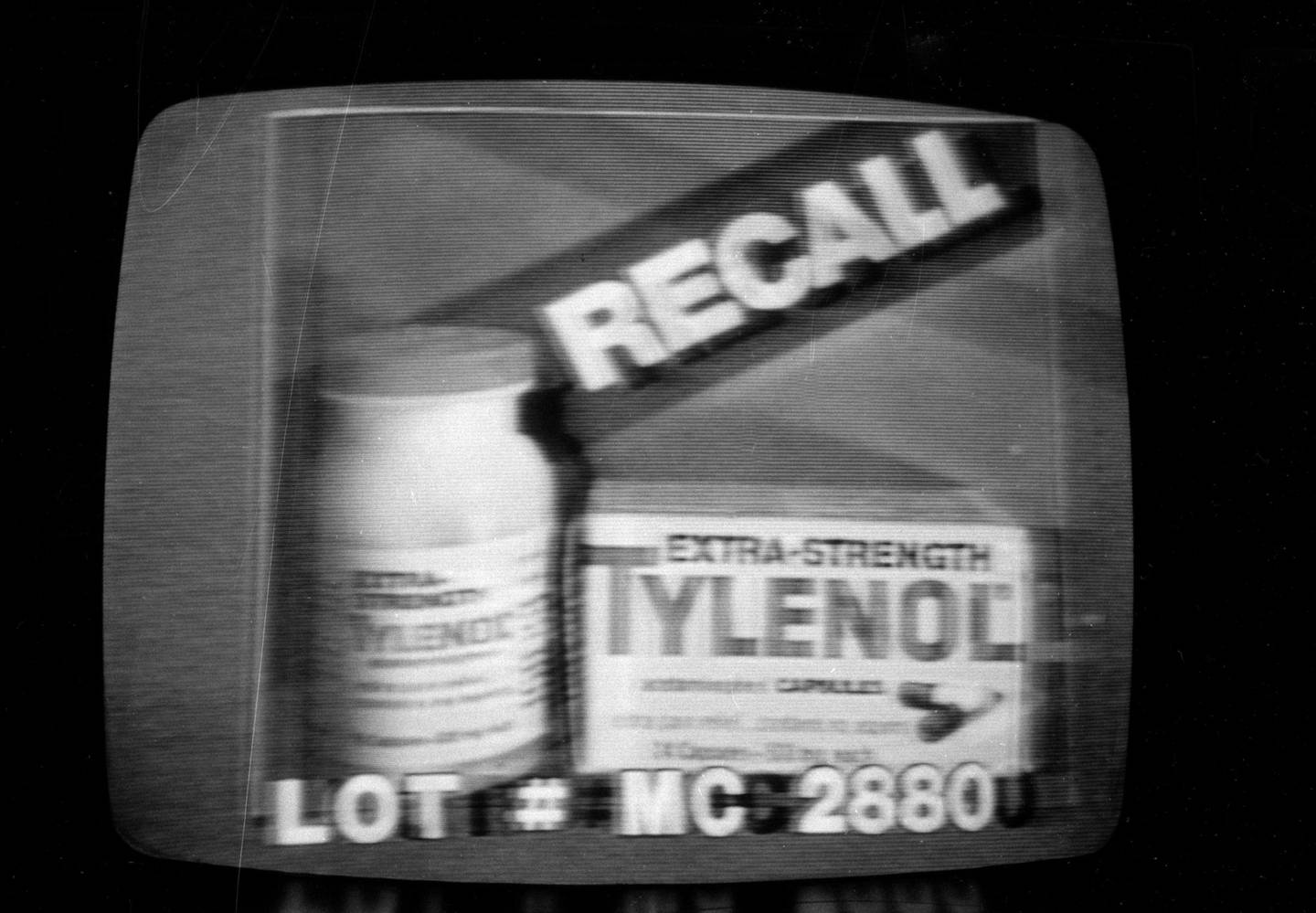
The FDA, while randomly checking Extra-Strength Tylenol for potassium cyanide, discovers a tainted bottle that had been retrieved from an Osco drug store in the Woodfield shopping center in Schaumburg. This marks the discovery of a sixth tainted bottle.
Advertisement
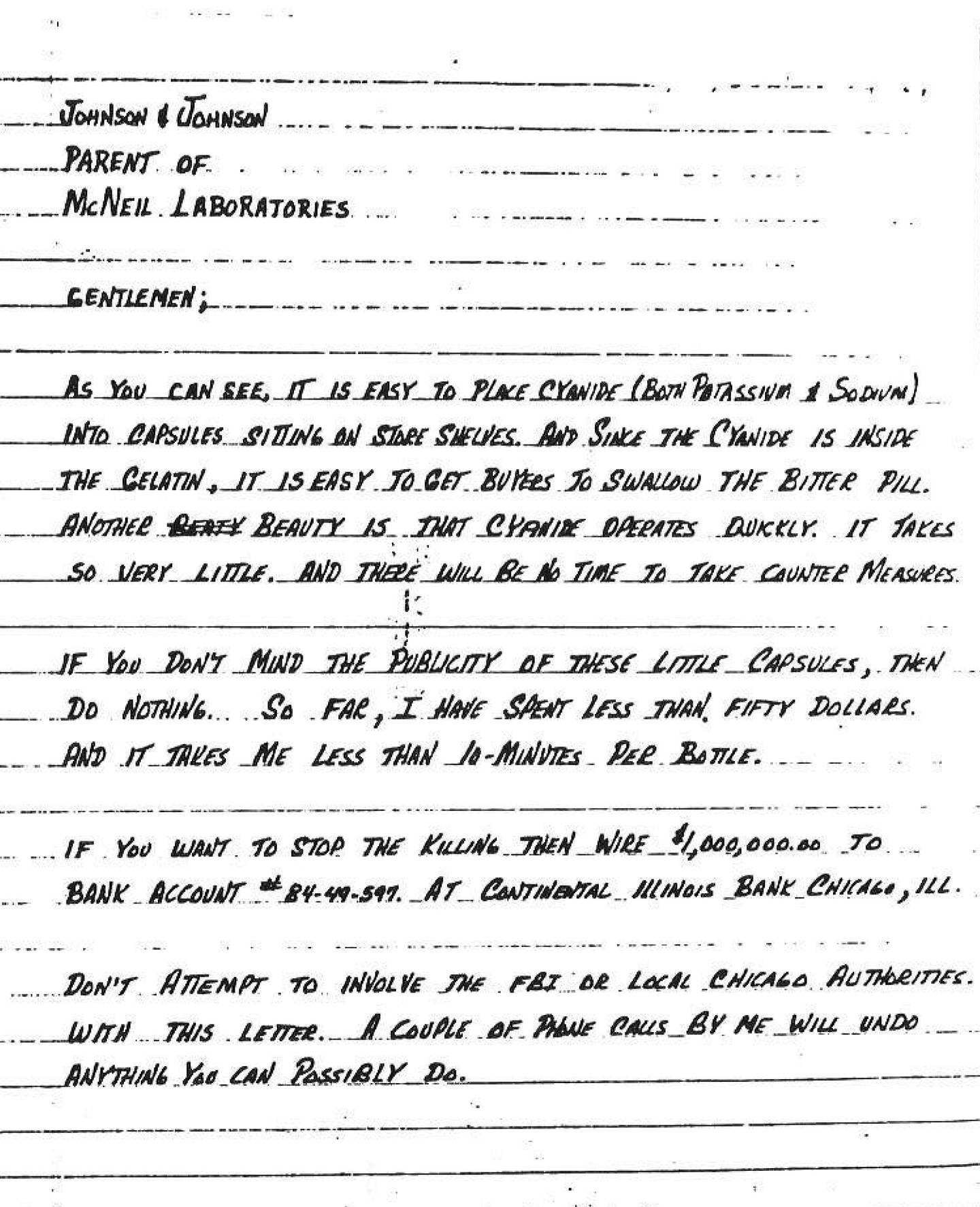
Authorities say James Lewis mails an extortion letter to Johnson & Johnson. It promises to stop the killing if the company wires $1 million to a Chicago-based bank account that once belonged to Frederick Miller McCahey. This also is the day Johnson & Johnson offers a $100,000 reward for information leading to the conviction of whoever is responsible for the poisonings.
Advertisement

Paula Prince’s body is discovered the evening of Oct. 1 and her death is quickly linked to the poisonings. Chicago Mayor Jane Byrne holds a midnight news briefing to announce the seventh — and final — Chicago-area Tylenol victim. She bans the sale and distribution of all Tylenol products in the city.
Advertisement
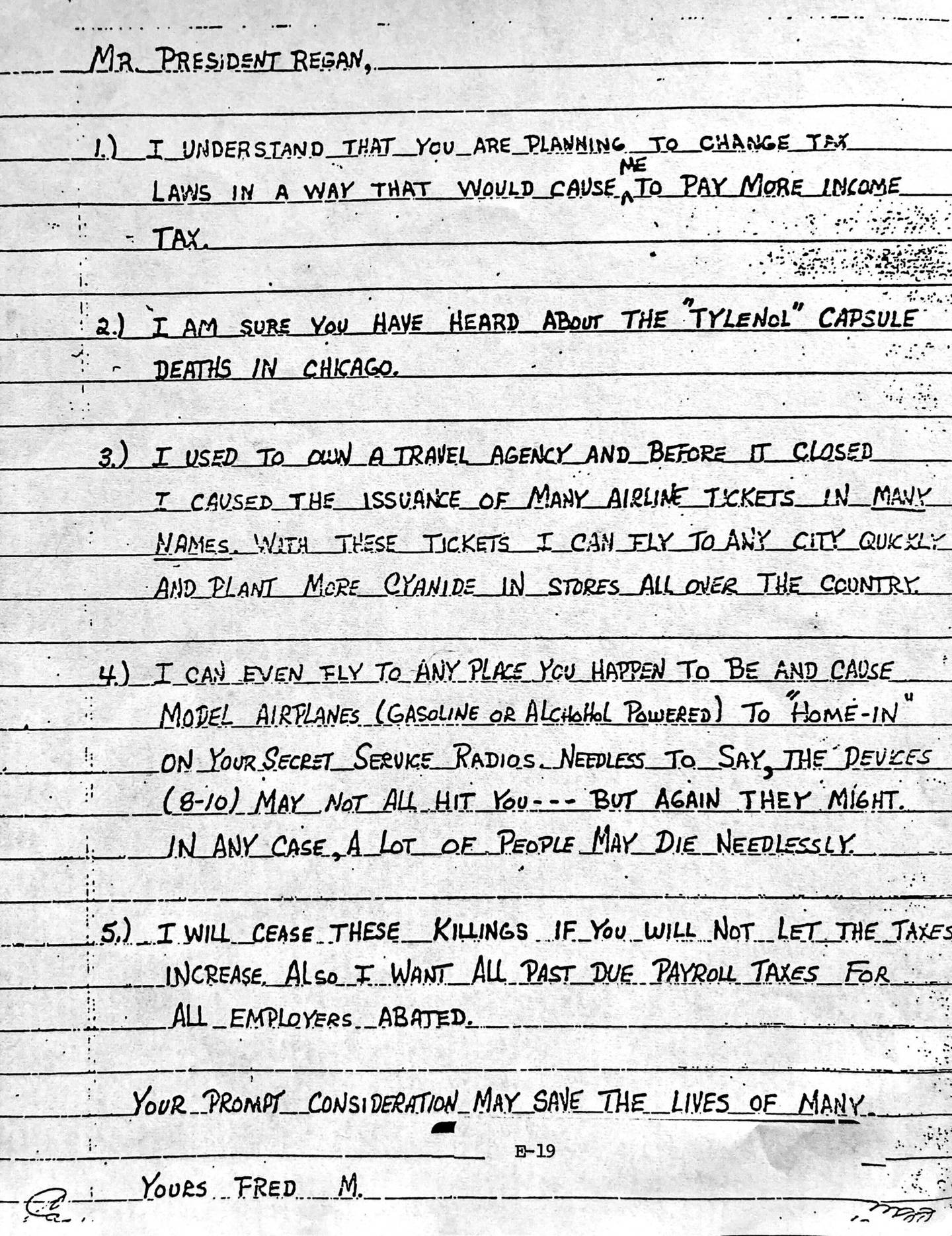
James Lewis sends a letter to President Ronald Reagan. The letter vows to use model airplanes to jam Secret Service radios and threatens to plant more cyanide all over the country, according to documents kept by the National Archives.
Advertisement
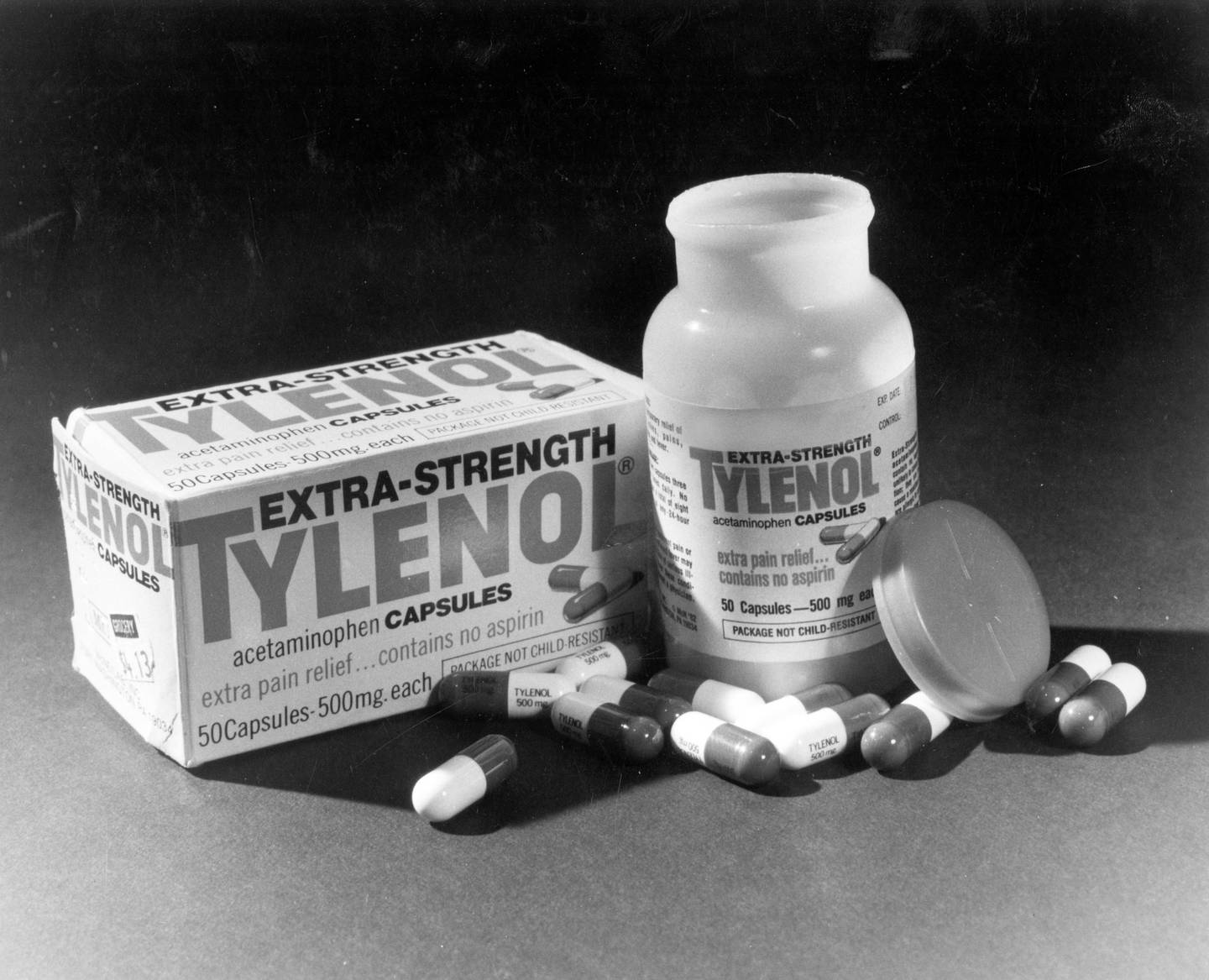
Johnson & Johnson, Tylenol’s parent company, recalls all Tylenol capsules. It marks the first mass recall in U.S. history, involving more than 31 million bottles and costing the company an estimated $100 million.
Advertisement
The extortion letter arrives at the mailroom of McNeil Pharmaceuticals, which manufactures Tylenol for Johnson & Johnson. It immediately is brought to the attention of the FBI.
Advertisement
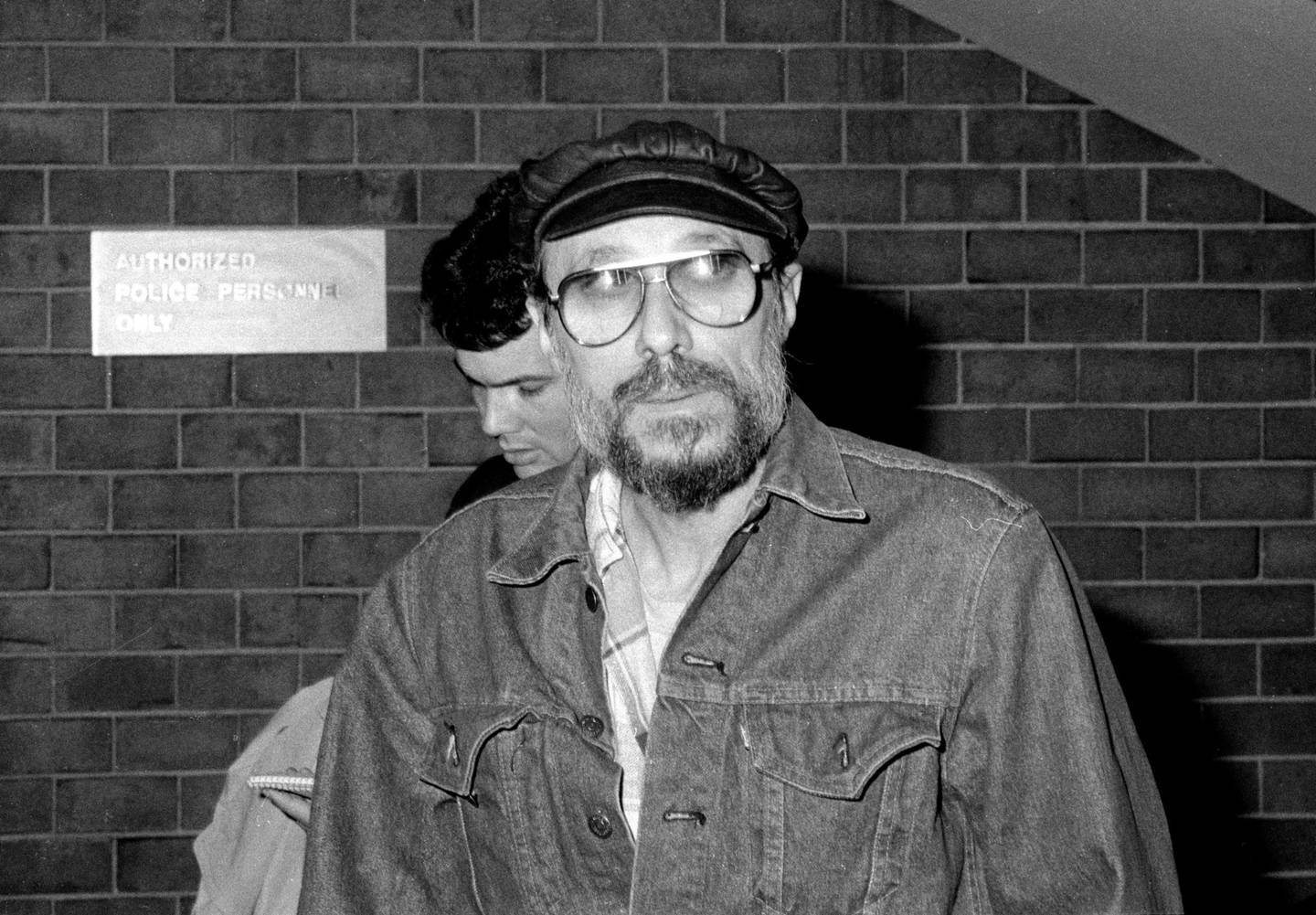
A Chicago tavern owner calls Chicago police and reports that one of his semi-regulars, Roger Arnold, a Jewel dockhand, told patrons that he had cyanide in his home for a “project” he was working on. Detectives ask bartenders on Lincoln Avenue to give them a call the next time Arnold comes in for a drink.
Advertisement
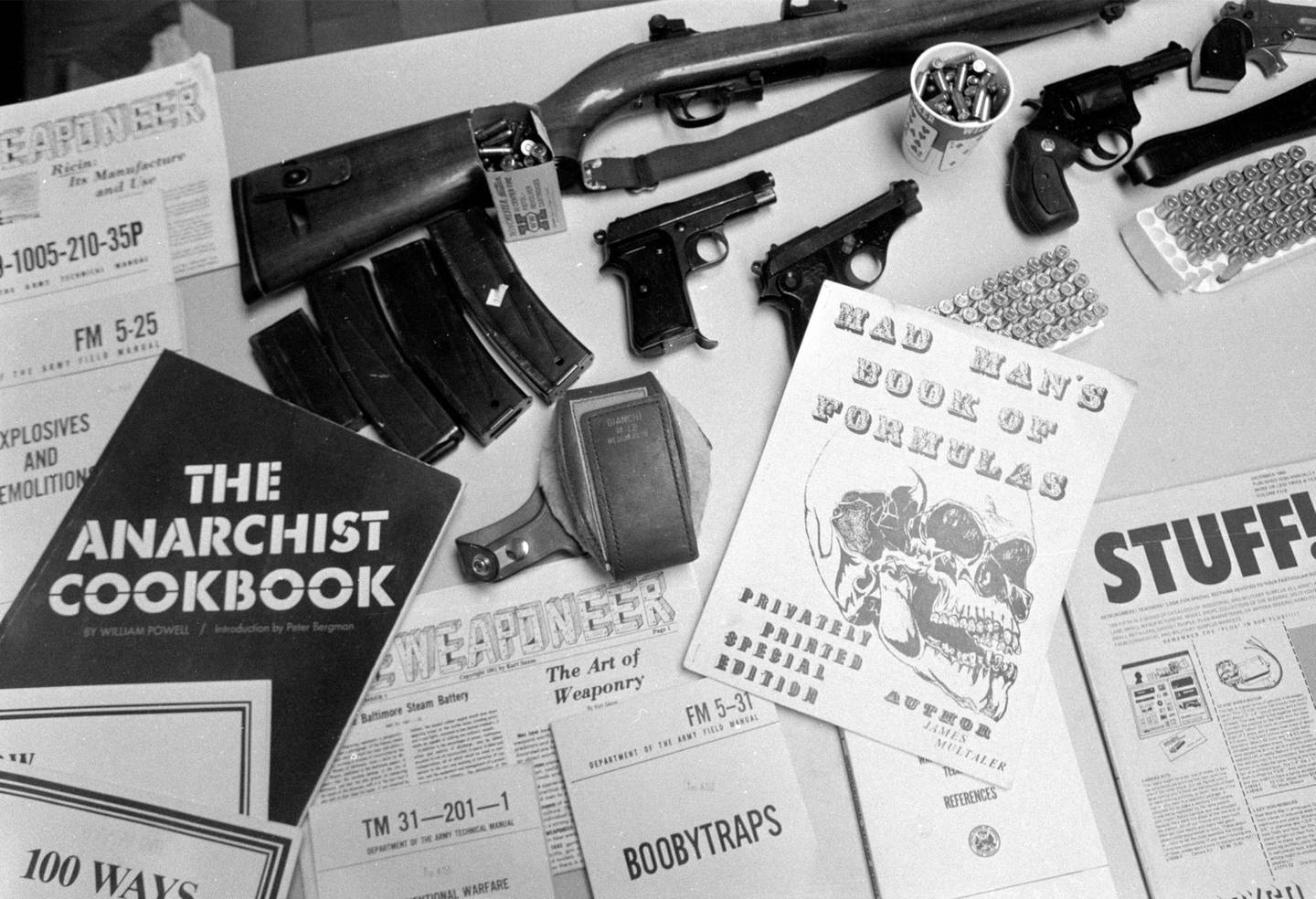
Chicago detectives pick up Roger Arnold around 7 p.m. and bring him to Area 6 headquarters near Belmont and Western. Arnold admits to having purchased cyanide but says he “got rid of it” before the murders. He agrees to let police search his house, where they find several unlicensed handguns, a rifle, a bag of white powder, a catalog from a laboratory company with various chemicals circled, and several beakers, vials, funnels and test tubes, records show. Detectives also recover “The Poor Man’s James Bond,” a book that includes instructions on how to make potassium cyanide.
Advertisement
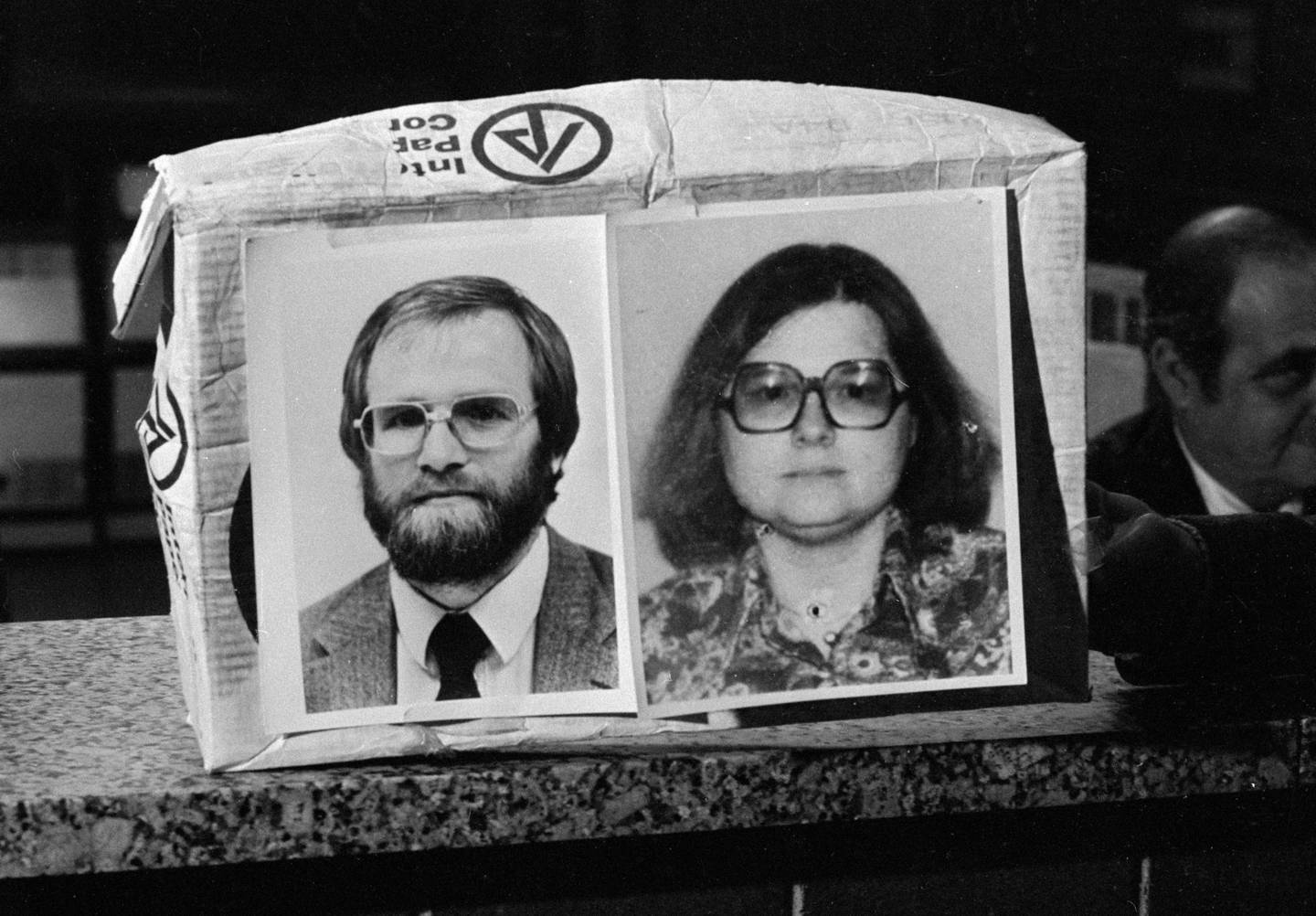
The Tylenol task force publicly identifies the extortion letter’s author as Robert Richardson and distributes a photograph of Richardson that appeared in the Chicago Tribune earlier that summer. He is wanted on a federal arrest warrant alleging attempted extortion. Kansas City police Sgt. David Barton recognizes the man in the photograph as James Lewis and calls the FBI. The next morning, Barton is on a plane to Chicago to share his insights on Lewis with the task force.
Advertisement

Kansas City police Sgt. David Barton arrives in Chicago and tells the Tylenol task force about the allegations of violence and fraud in James Lewis’ past. Authorities hold a news briefing to reveal Robert Richardson’s real identity. “It is an important lead,” Illinois Attorney General Ty Fahner tells reporters. “Yes, this has great significance.”
Advertisement
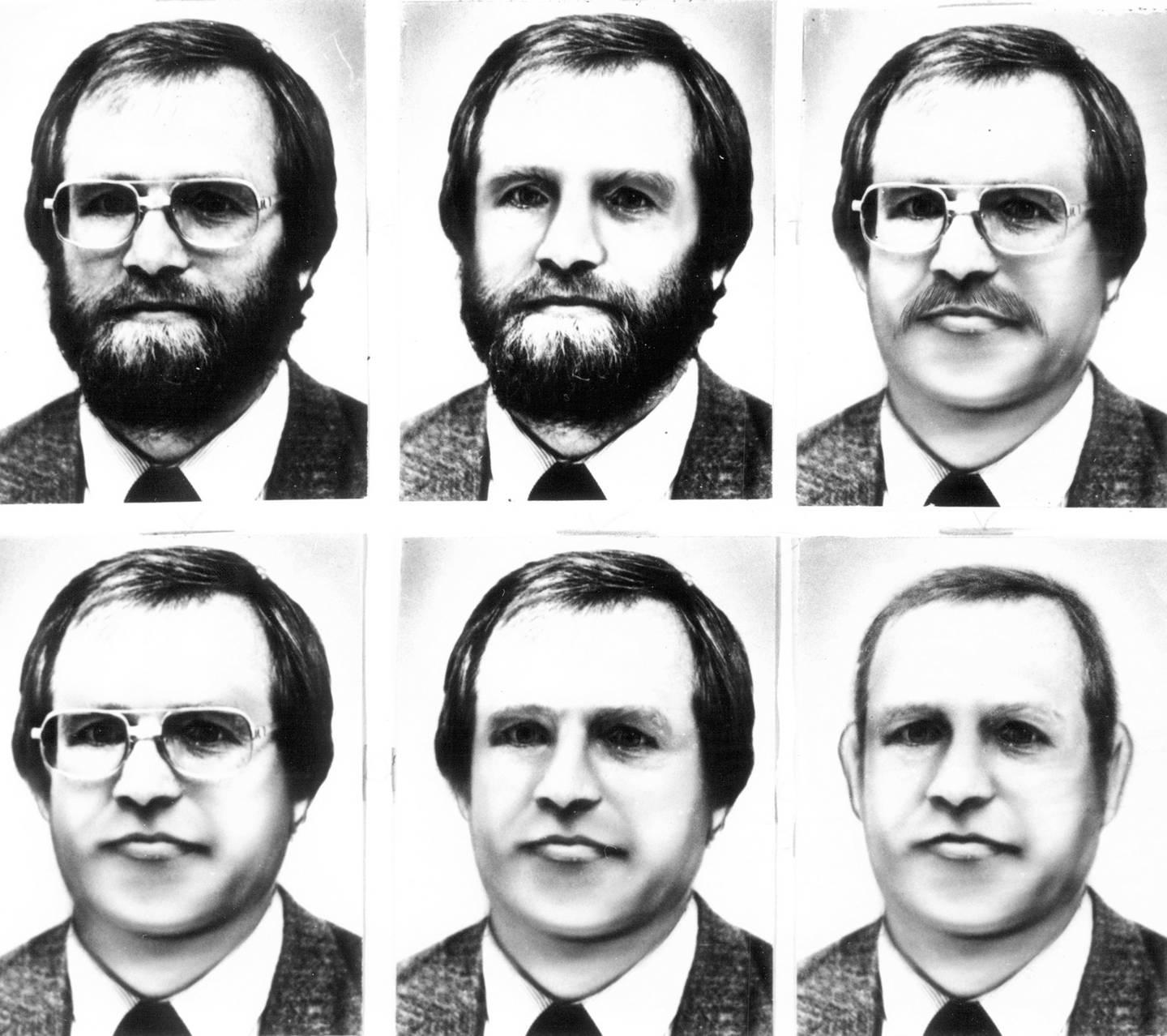
Illinois Attorney General Ty Fahner calls James Lewis and his wife “prime suspects” in the Tylenol killings for the first time. “They are not simply wanted for extortion,” Fahner told reporters at a media briefing. “They are wanted in connection with the Tylenol killings.”
Advertisement
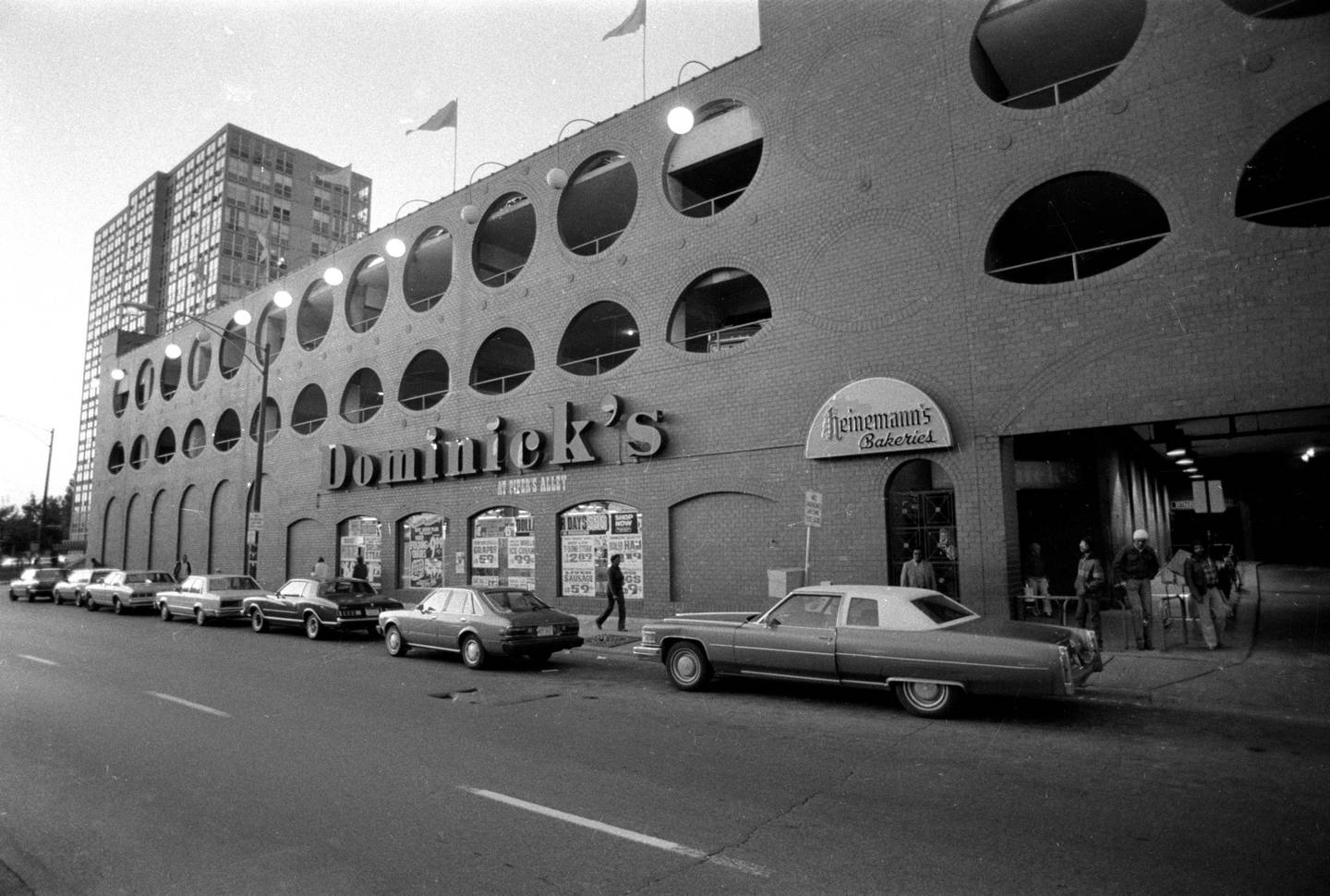
A Johnson & Johnson employee conducting tests on Extra-Strength Tylenol bottles returned from Chicago-area retailers discovers cyanide-laced capsules in a bottle that had been turned in for a refund at a Chicago Dominick’s near where Paula Prince had made her purchase.
Advertisement
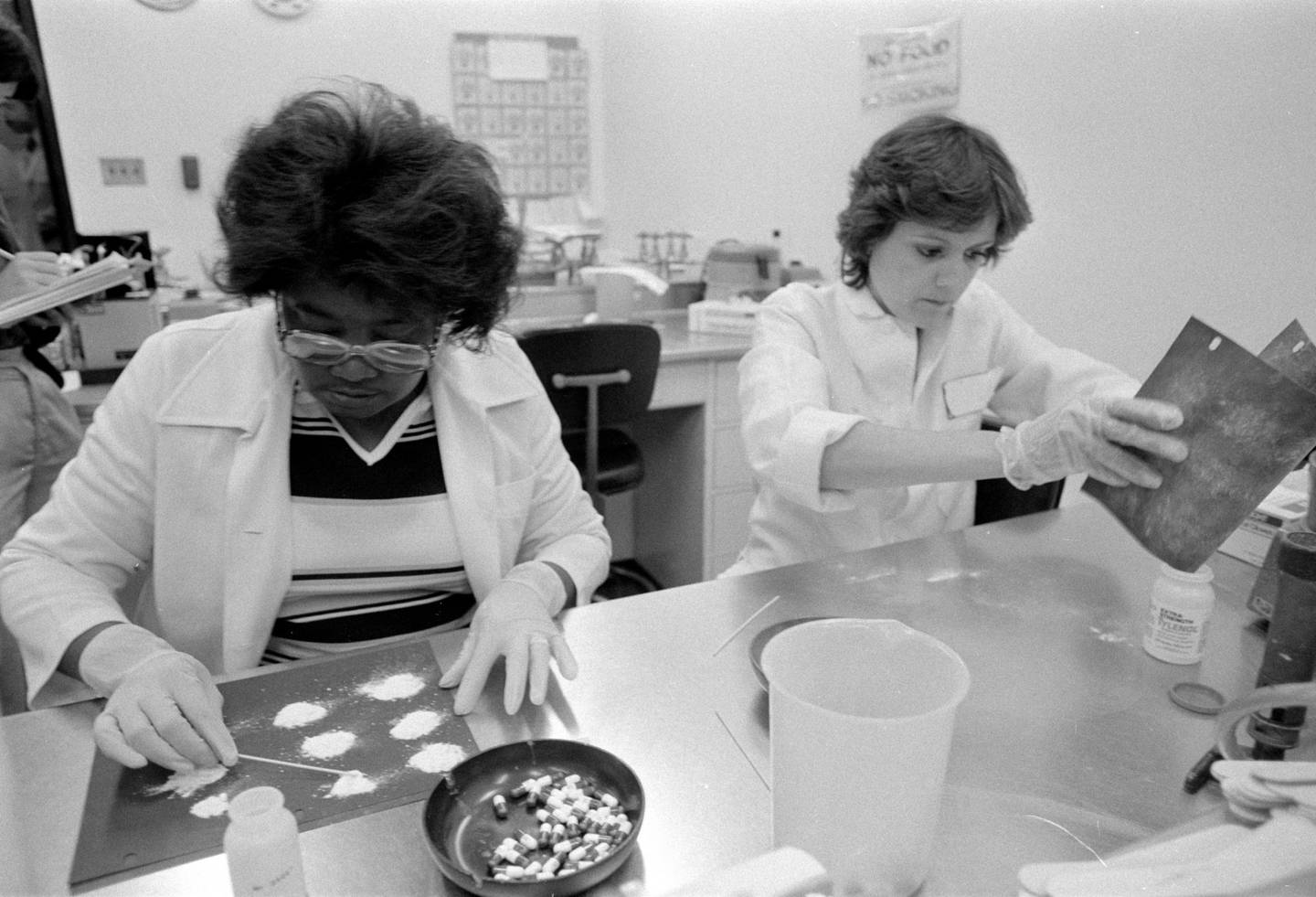
The ongoing testing of recalled Tylenol leads to the discovery of another tainted bottle. After hearing about the poisonings, the wife of a DuPage County judge turned in an unopened bottle to Wheaton police on Oct. 14. She had bought the bottle of Extra-Strength Tylenol at Frank’s Finer Foods in Wheaton on Sept. 29. Wheaton police sent the bottle to a Johnson & Johnson contractor, and testing confirmed the cyanide. This marks the eighth and final tainted bottle that authorities are able to recover.
Advertisement
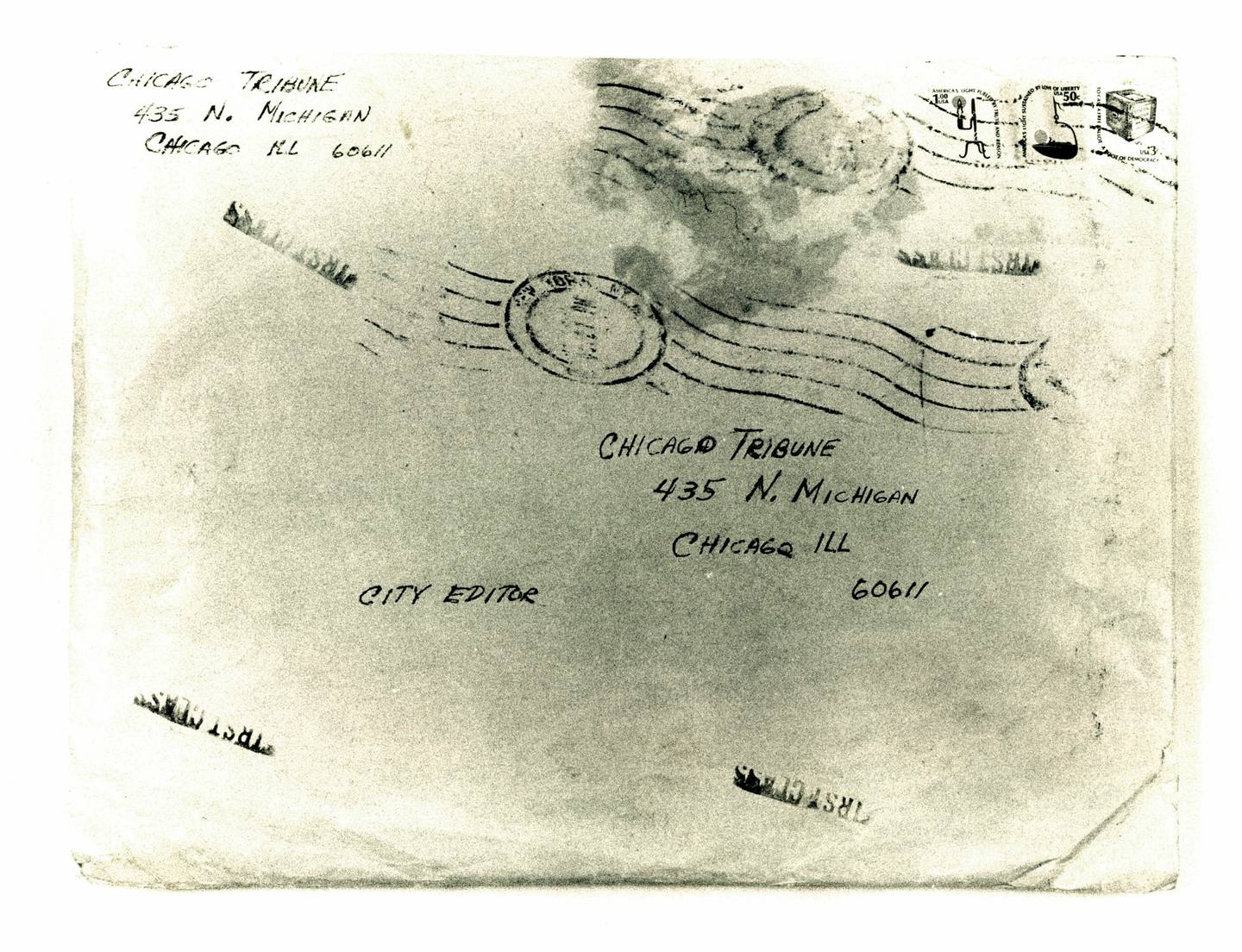
During the manhunt, James Lewis mails the first of three letters to the Chicago Tribune. In them, he denies being the Tylenol killer and continues to accuse Frederick Miller McCahey of underhanded business practices.
Advertisement
Chicago-area police departments report a dramatic drop in Halloween trick-or-treaters following the murders. More than 40 cities across the country banned trick-or-treating.
Advertisement
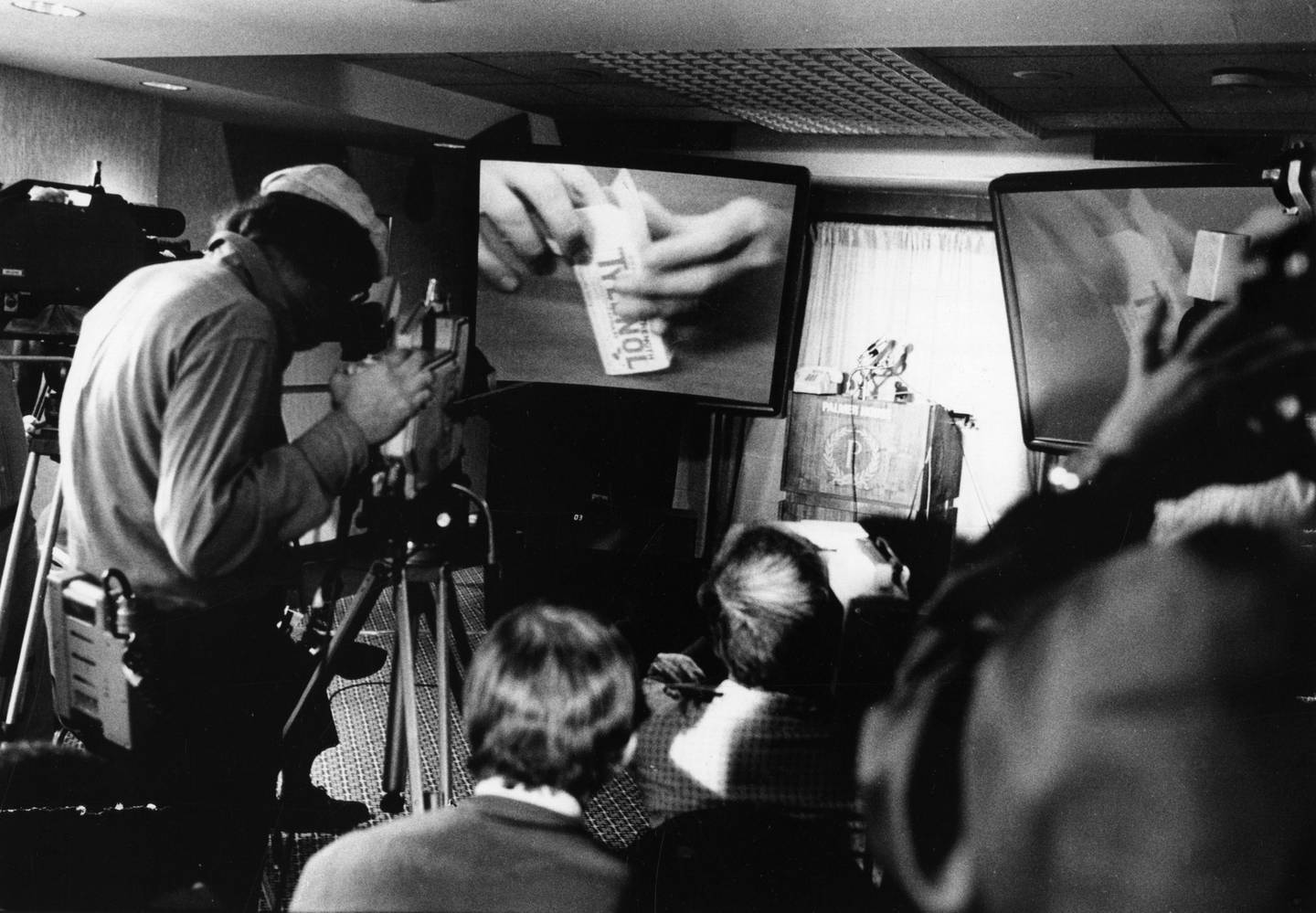
Johnson & Johnson announces the reintroduction of Tylenol capsules, this time in containers sealed three ways to resist tampering. The company stopped selling pull-apart capsules after another fatal capsule poisoning occurred a few years later in Yonkers, New York.
Advertisement
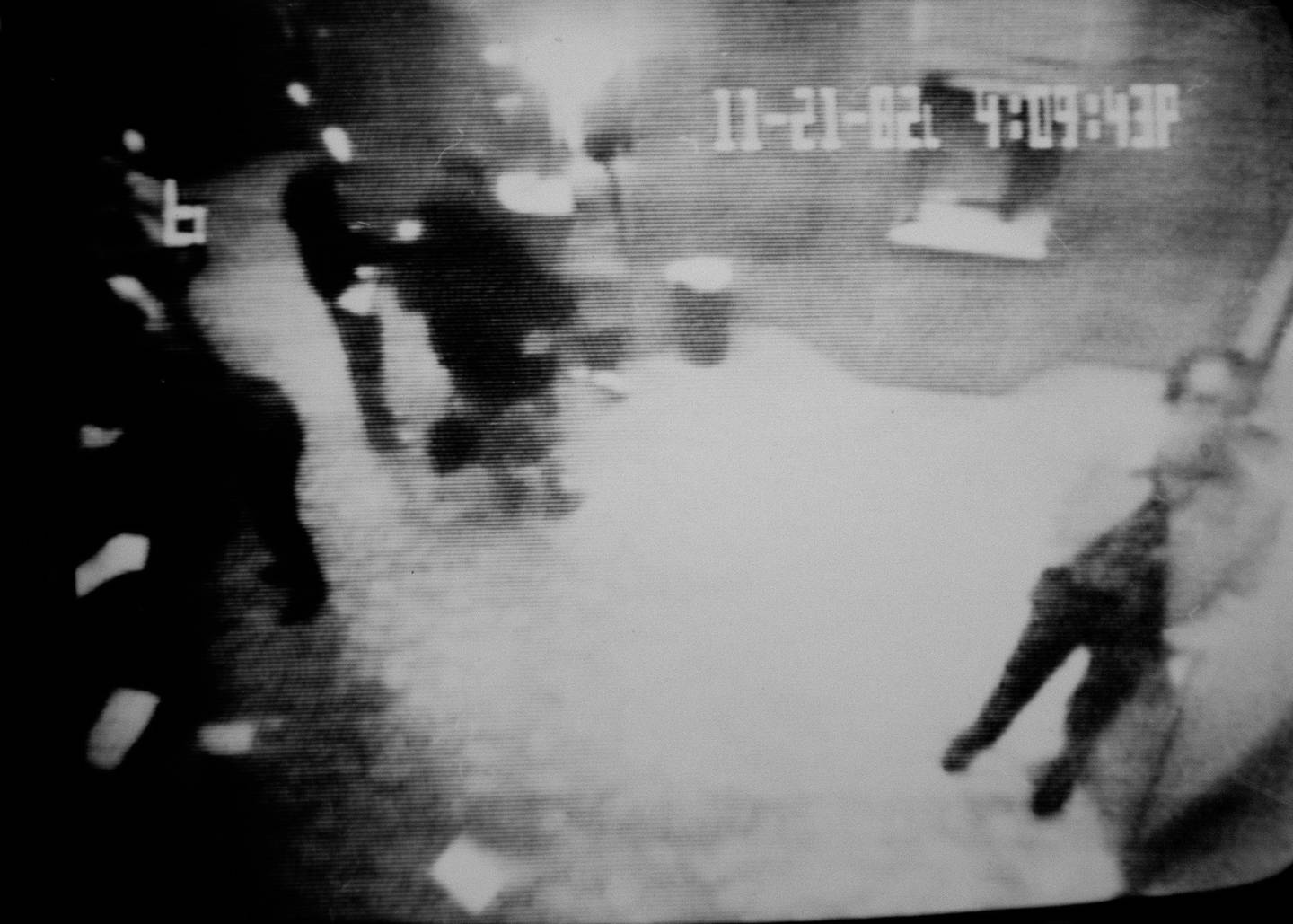
James Lewis’ father-in-law wires the couple $140 with the FBI’s knowledge. Surveillance cameras show the Lewises — still wanted by the FBI — picking up the money at a Western Union in Manhattan, just days before their 14th wedding anniversary.
Advertisement
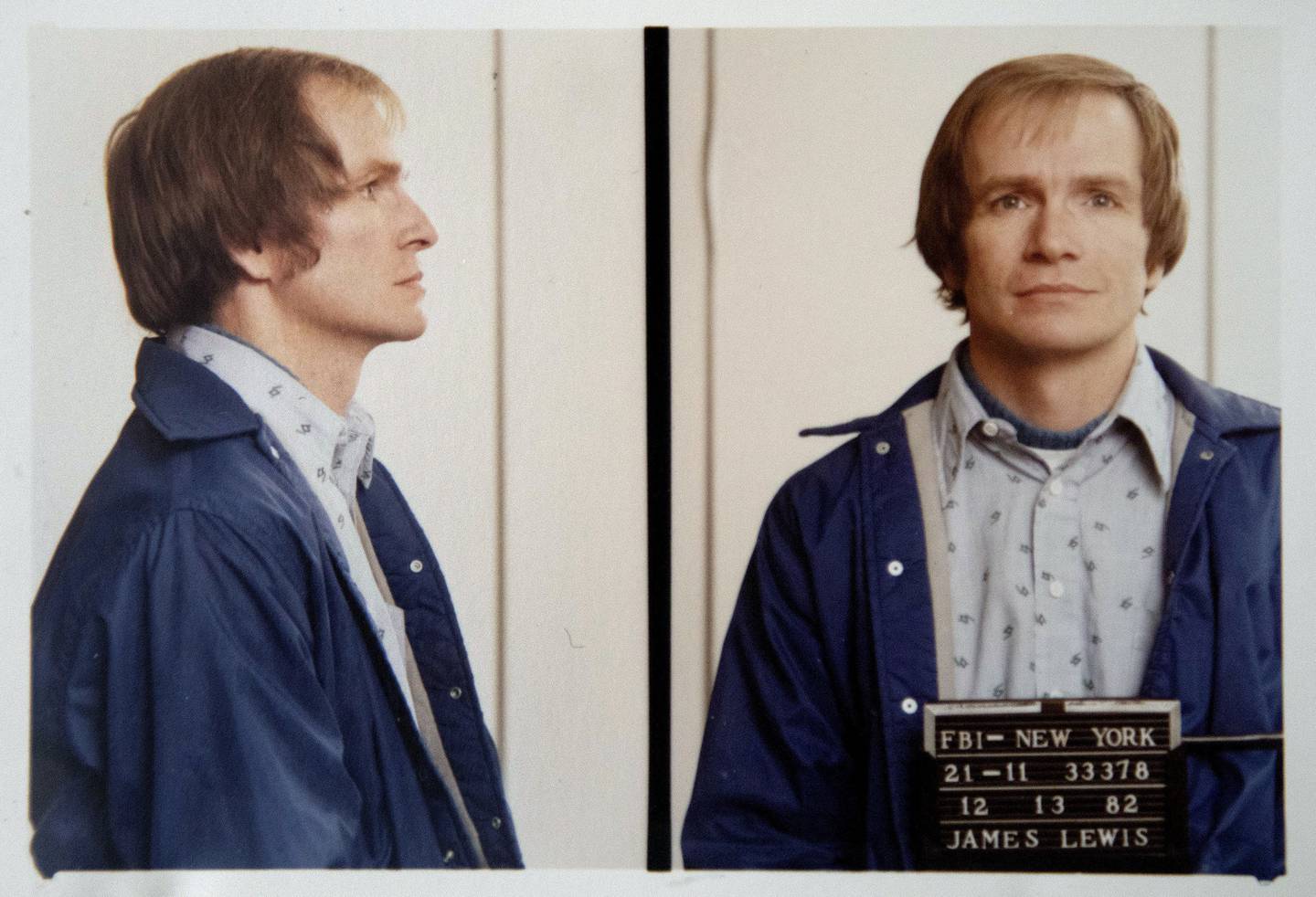
FBI agents arrest James Lewis in a New York City library, ending a two-month manhunt. He returns to Chicago on Dec. 28 on a military plane. LeAnn Lewis turns herself in the next day; authorities later drop the misdemeanor charge against her alleging use of a fake Social Security number to work in Chicago.
Advertisement
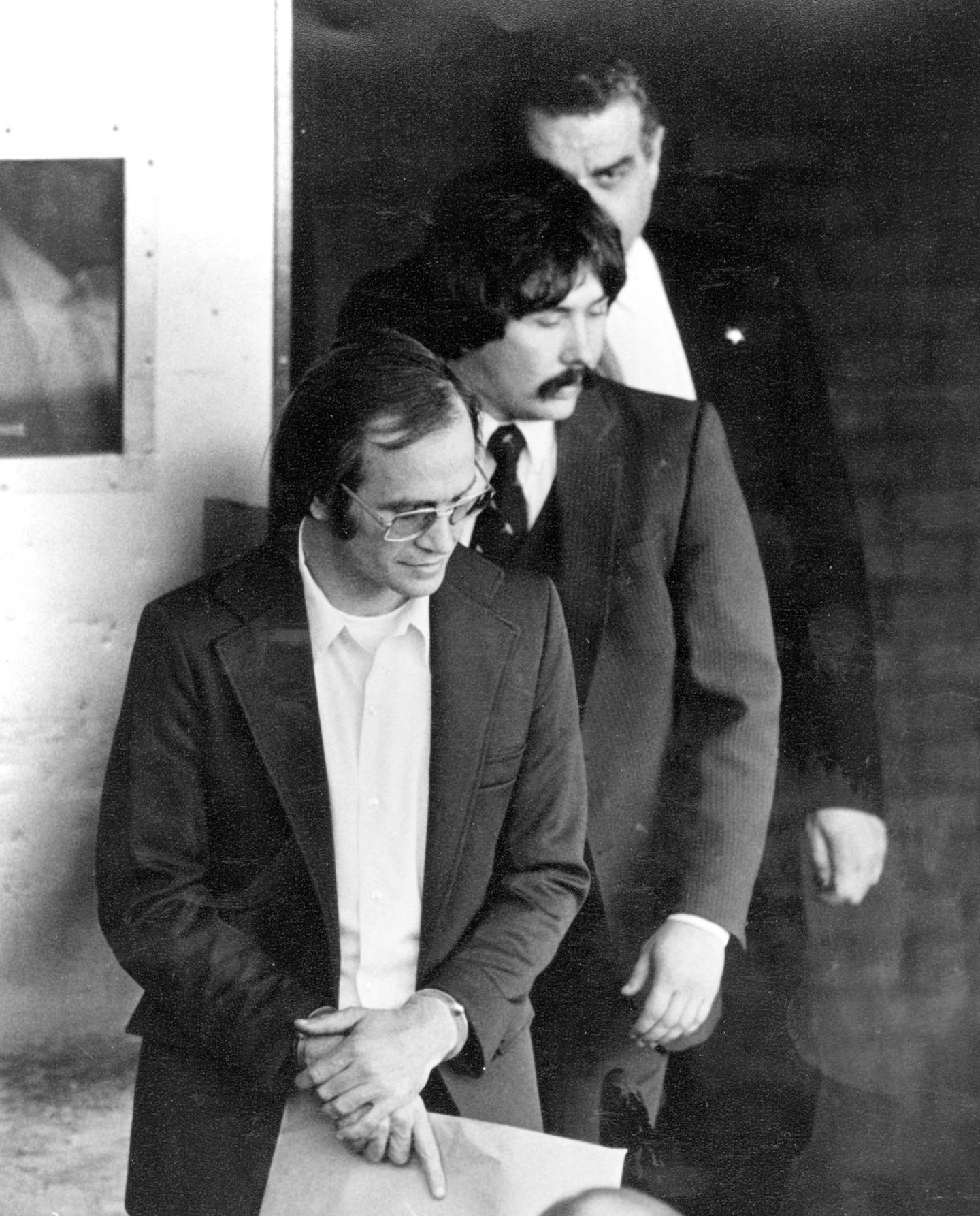
James Lewis is convicted of mail fraud in Missouri related to the 1981 credit card scam. He is later sentenced to 10 years in federal prison.
Advertisement
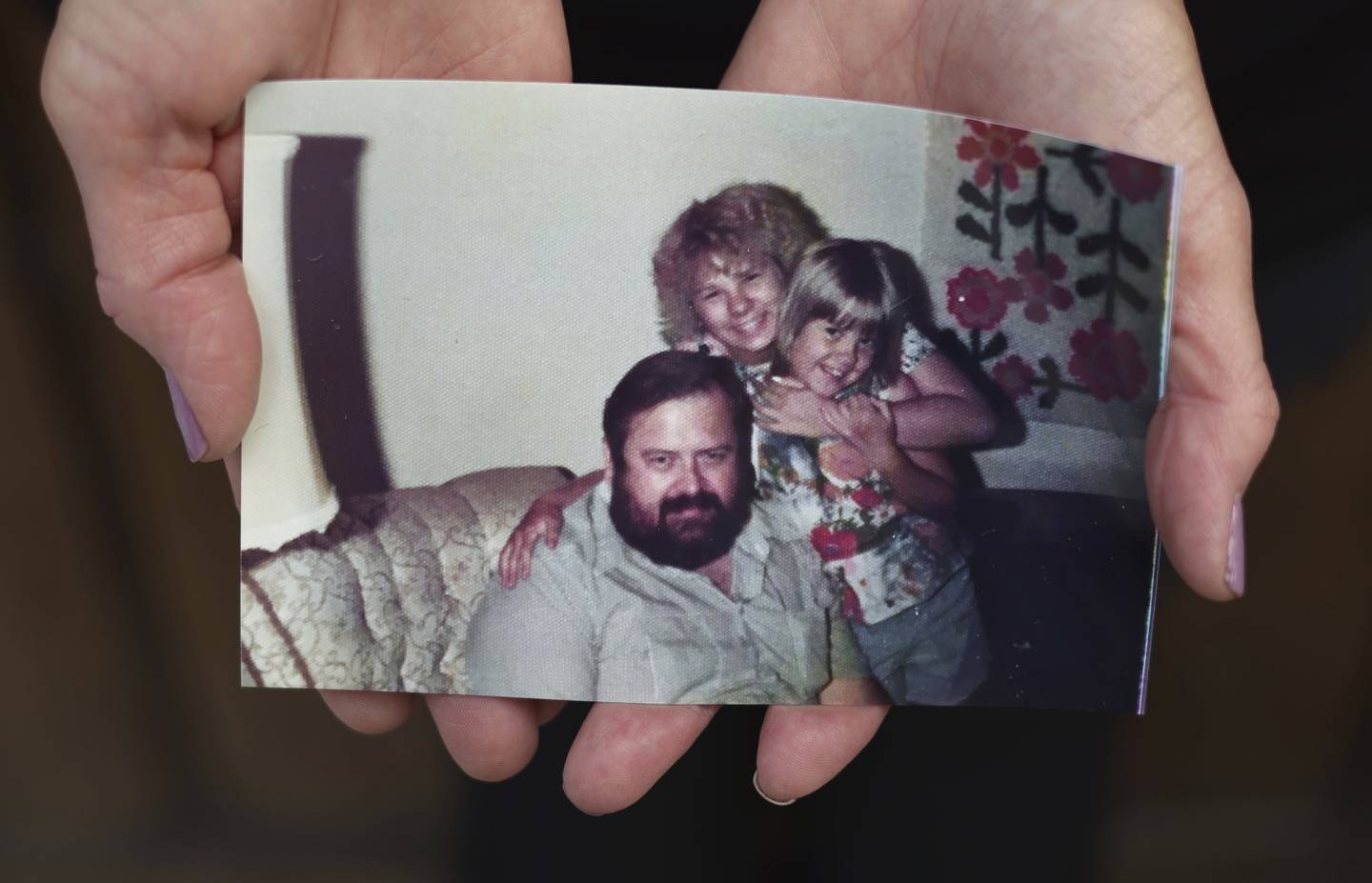
Roger Arnold fatally shoots John Stanisha, 46, in a case of mistaken identity near Lilly’s bar on Lincoln Avenue. Arnold later admits he mistook Stanisha for the bartender who gave his name to detectives in the Tylenol investigation. Stanisha, a computer programmer with a passion for folk music, was the father of three girls.
Advertisement
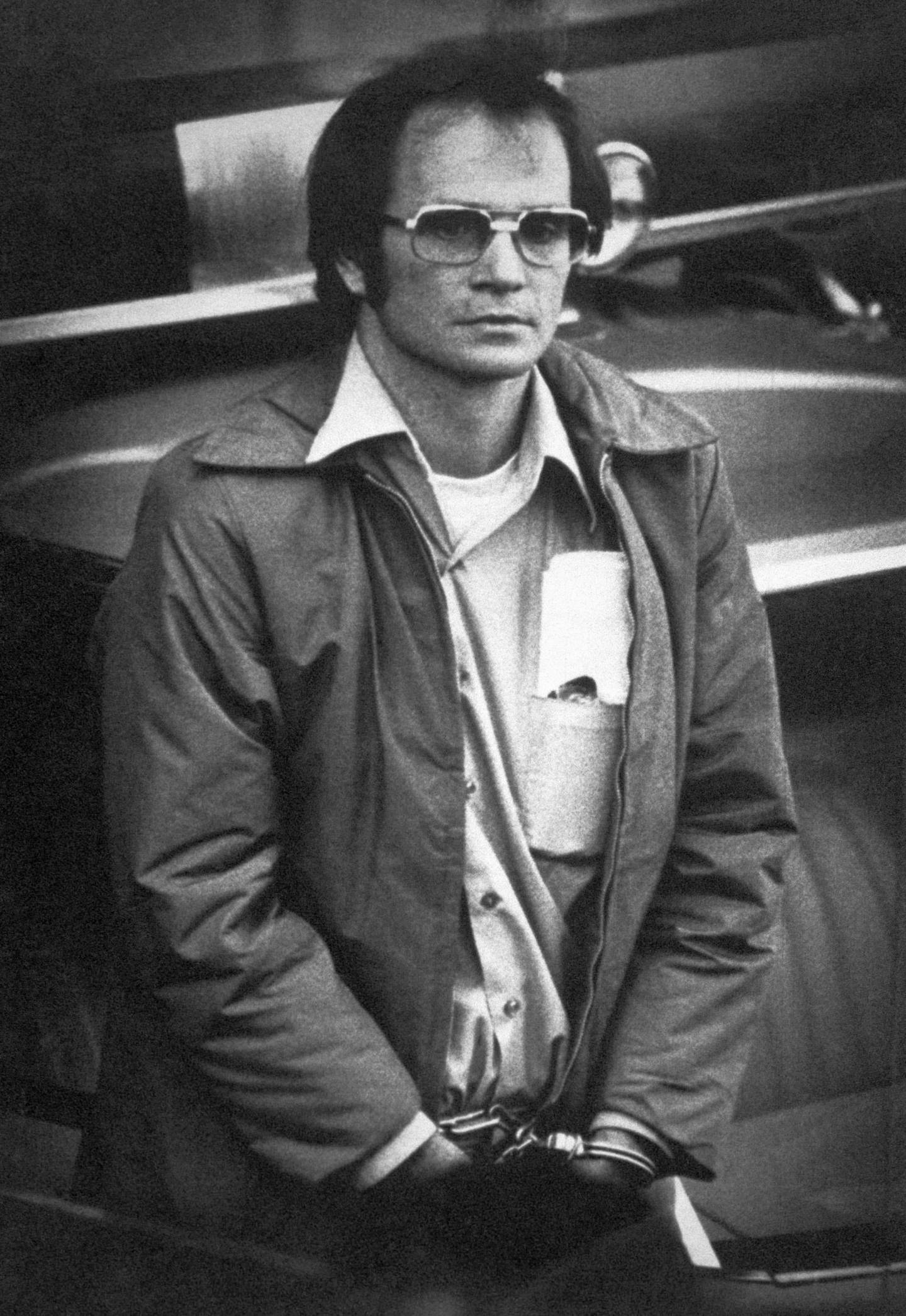
James Lewis is convicted of attempted extortion following an eight-day federal trial in Chicago.
Advertisement
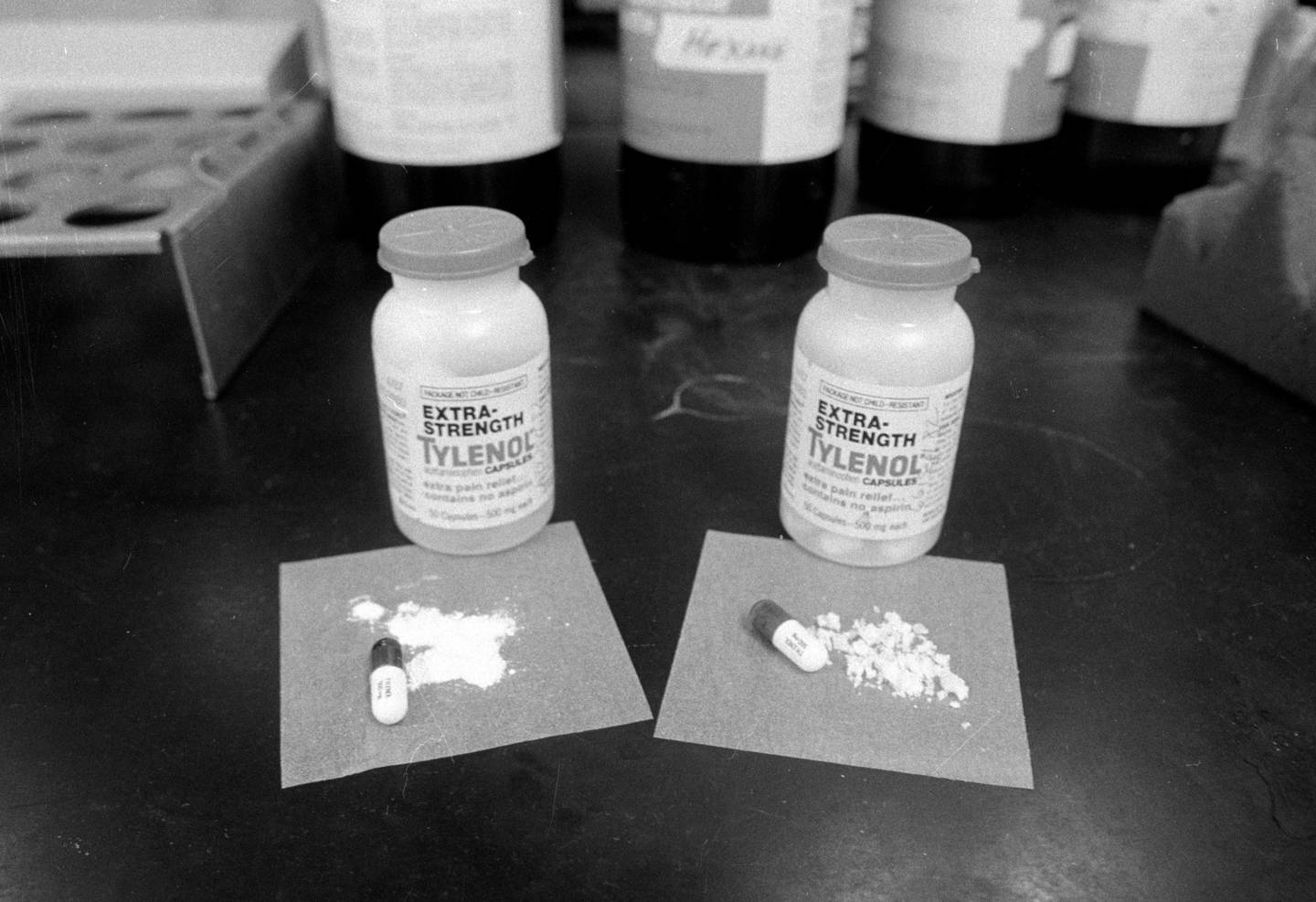
Congress passes a law to make tampering with consumer products a federal crime. Known as “The Tylenol Bill,” the legislation provides a maximum sentence of life in prison for endangering lives through tampering.
Advertisement
While awaiting sentencing for attempted extortion, James Lewis offers to help solve the Tylenol murders. Lewis meets with FBI Special Agent Roy Lane Jr. and Assistant U.S. Attorney Jeremy Margolis on several occasions to discuss how the killer may have poisoned the capsules. He denies being the killer but provides detailed speculative drawings showing possible methods of tampering with Tylenol bottles.
Advertisement
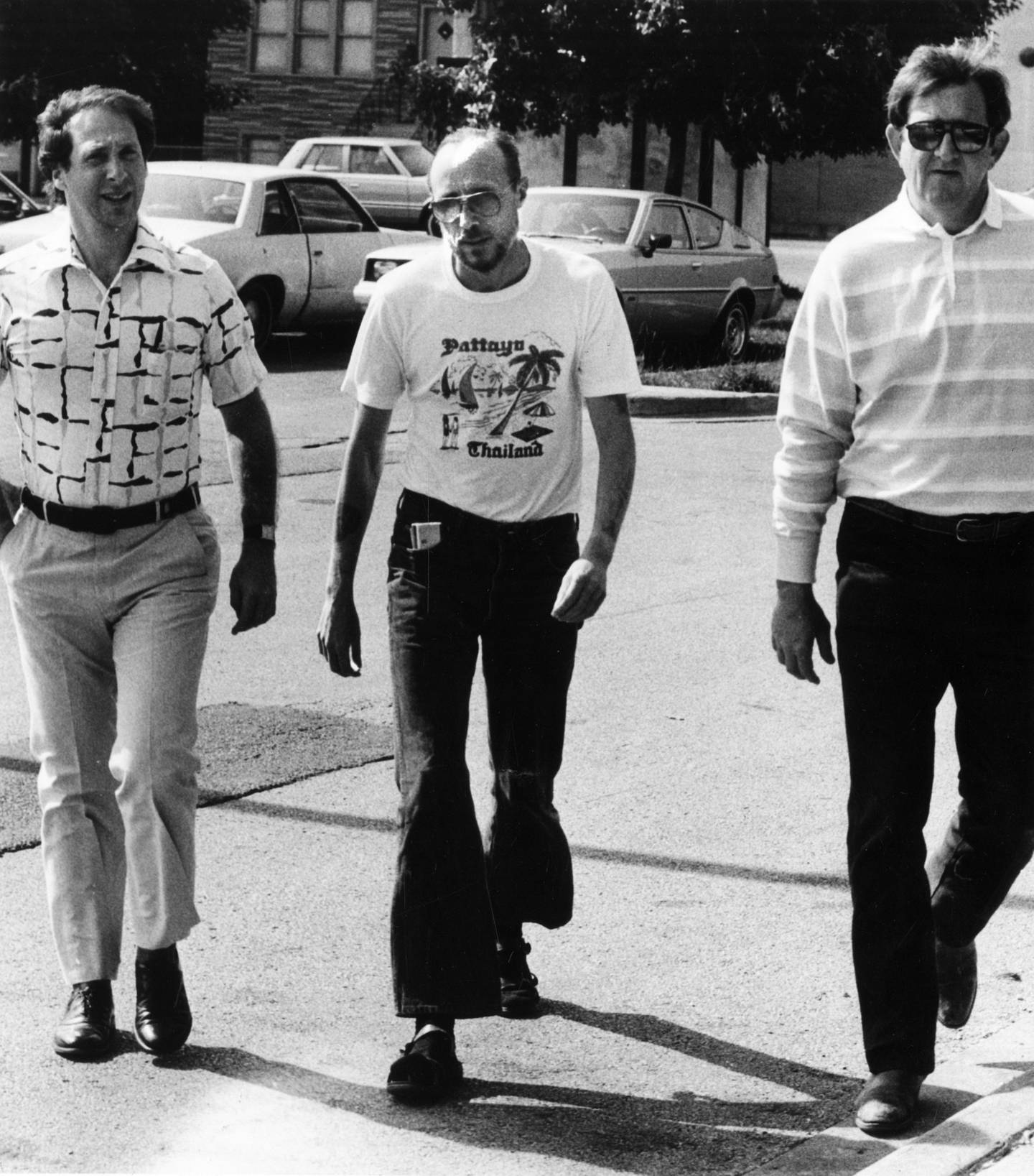
A jury convicts Roger Arnold of John Stanisha’s murder. He receives 30 years in prison, but under sentencing laws at the time he is eligible for parole after serving half the term.
Advertisement

James Lewis is sentenced to 10 years in federal prison, to be served after his punishment in the mail fraud case. During Lewis’ sentencing hearing, U.S. Attorney Dan Webb calls Lewis a “walking crime wave.” Lewis accuses authorities of trying to “scapegoat” him.
Advertisement
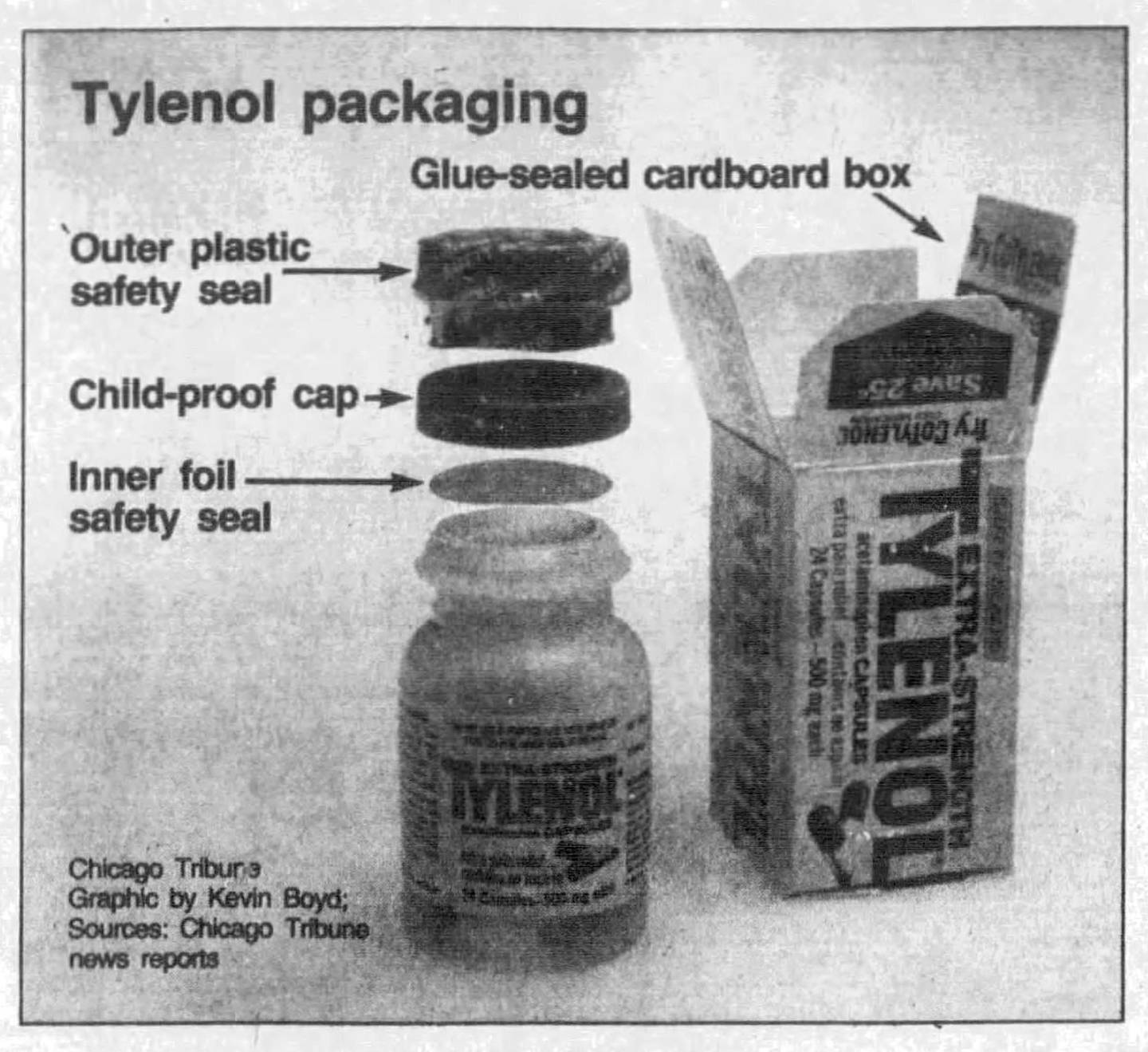
Congress passes federal legislation requiring all over-the-counter medication to be sold in tamper-evident packaging.
Advertisement
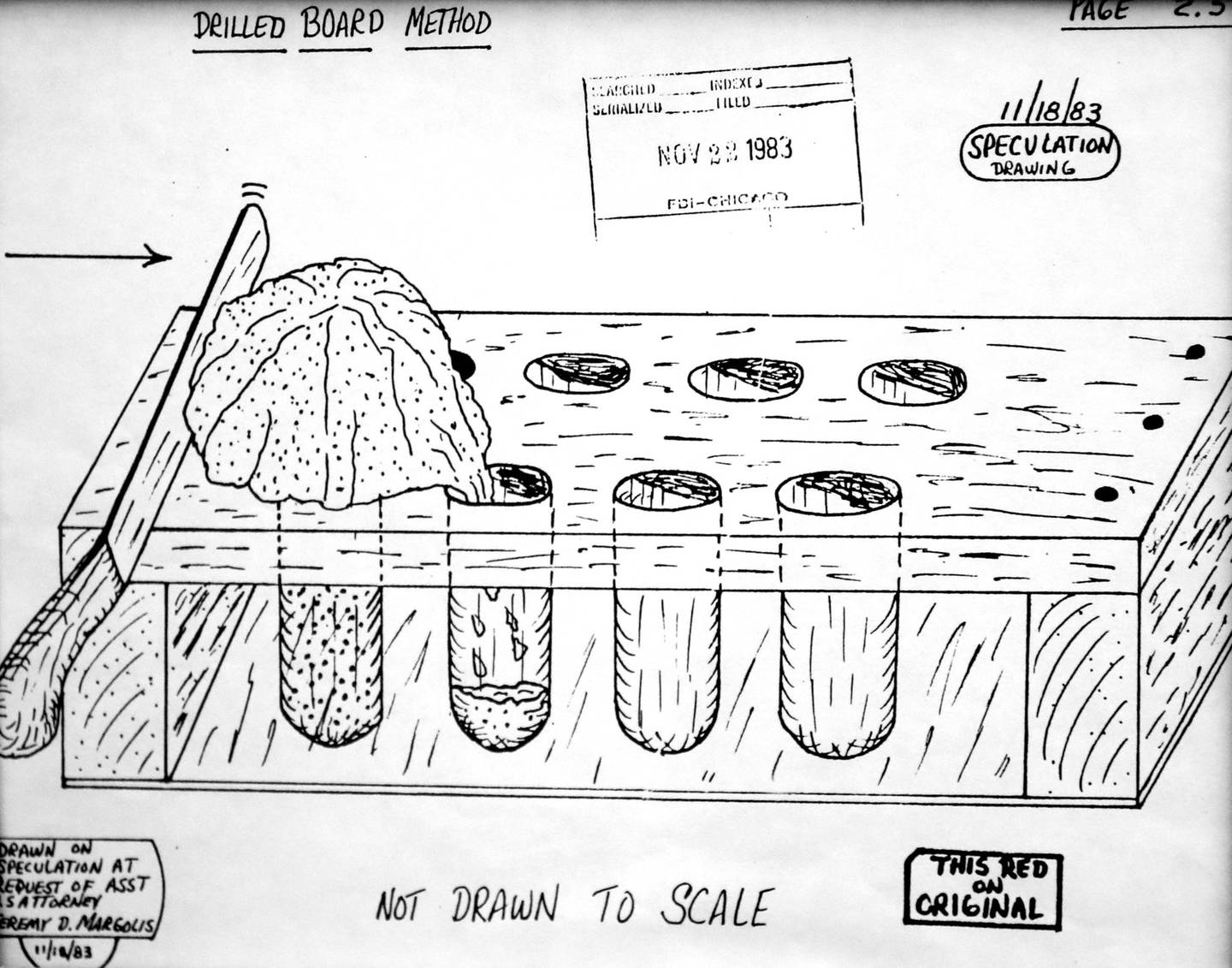
The U.S. Parole Commission finds the preponderance of the evidence indicates that James Lewis “was responsible for (the Tylenol deaths) and should be held accountable for them.” They deny his early release in a decision that Lewis’ attorney harshly criticizes.
Advertisement

On the eve of trial, an out-of-court settlement is reached between Johnson & Johnson and the families of the seven poisoning victims. As part of the deal, the amount would remain secret and the corporation admitted no wrongdoing.
Advertisement

James Lewis is released after serving about 13 years in prison. He reunites with his wife in Boston, where he begins a web design business and starts working on a novel.
Advertisement

Special Agent Roy Lane retires from the FBI in 1996 after 26 years and takes a job with U.S. Robotics.
Advertisement
Roger Arnold is released from prison. He moves back to the South Side, where he works at an auto supply store and finds a surrogate family among his co-workers.
Advertisement
James Lewis is charged with rape, kidnapping and other offenses in an alleged attack on a former business partner in his Cambridge apartment.
Advertisement
Task Force 2 is formed to reinvestigate the Tylenol murders.
Advertisement
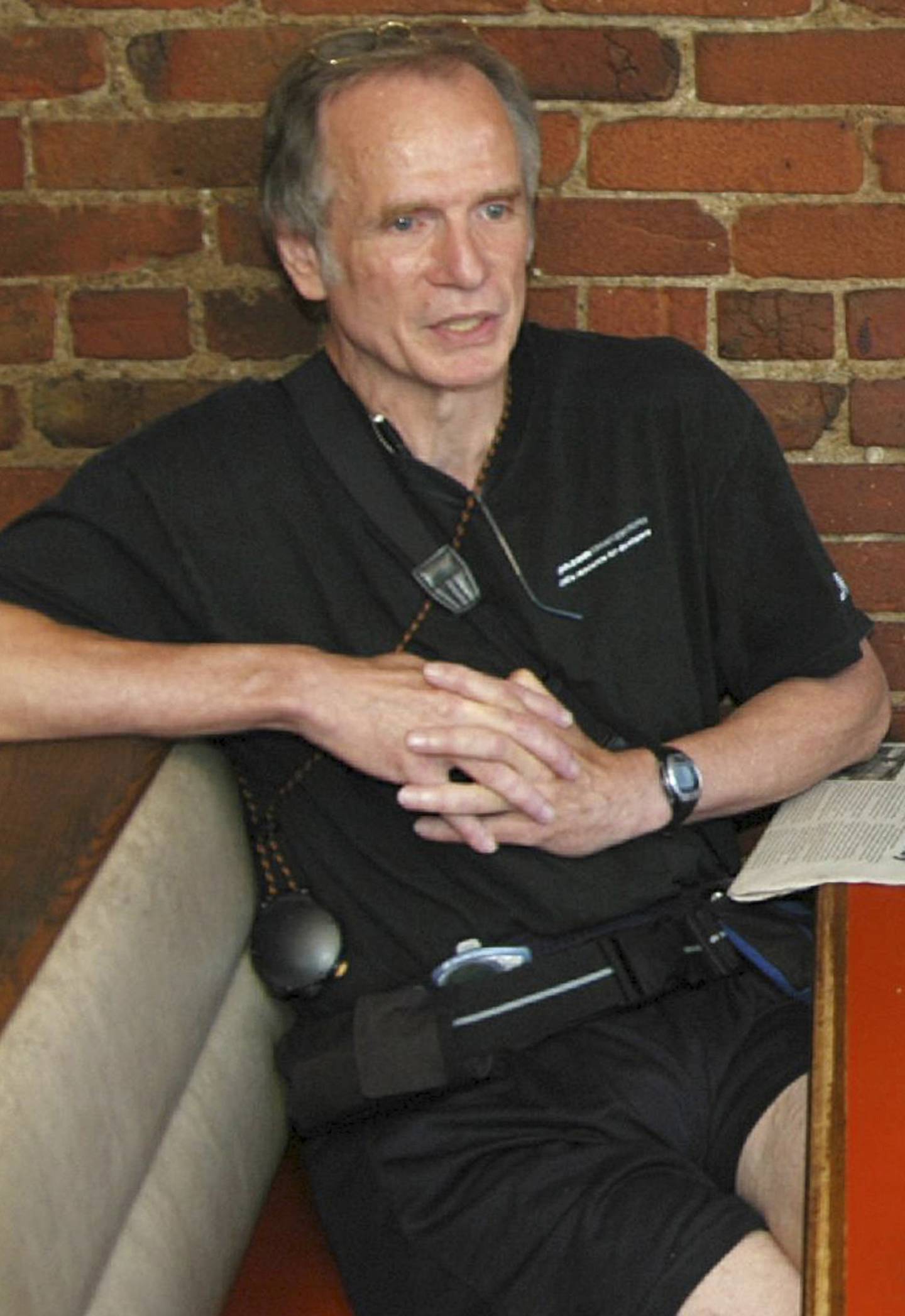
Three years after James Lewis’ arrest, prosecutors drop the rape and kidnapping charges against him because his former business partner declined to testify against him. Lewis returns to his condominium in Cambridge.
Advertisement
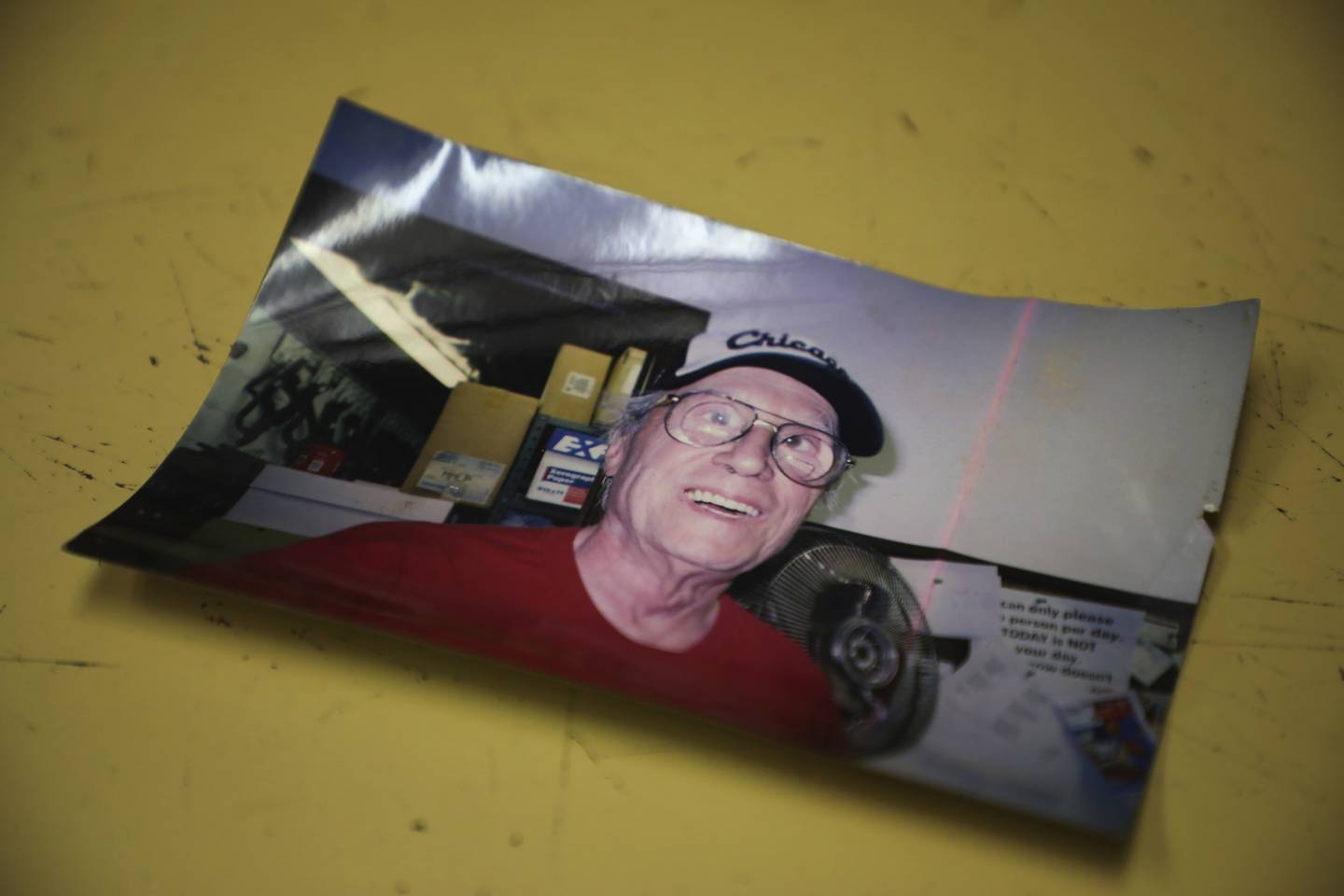
Roger Arnold, 73, dies. He spends his final weeks depressed and haunted by his past, friends say.
Advertisement
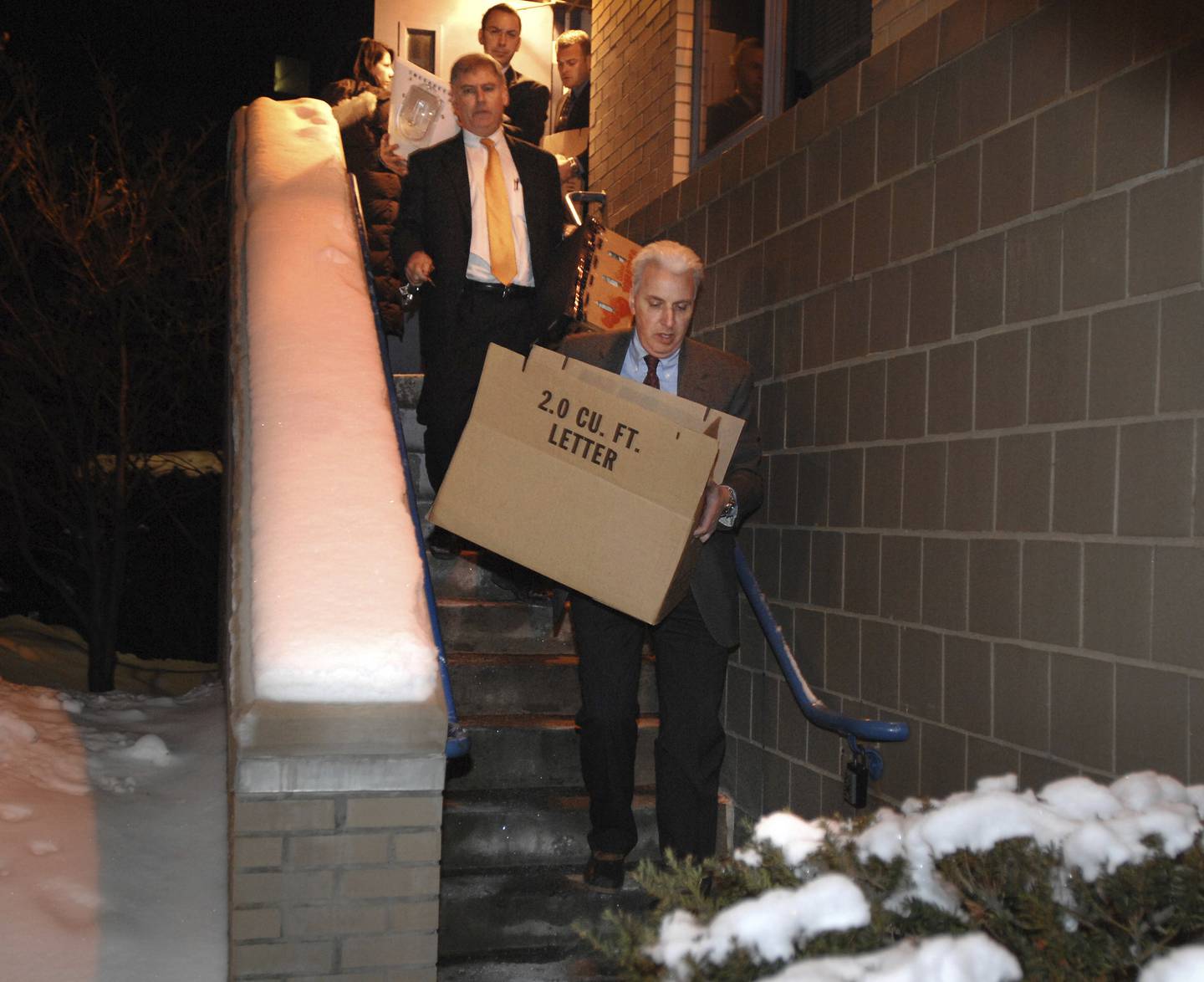
The FBI conducts a raid on James Lewis’ home and storage spaces. As authorities comb through his belongings, Lewis heads to a nearby indoor shopping mall and spends hours milling around a bookstore and sitting in a coffee shop, according to sources.
Advertisement
James Lewis is ordered to provide his DNA as part of the Task Force 2 investigation.
Advertisement
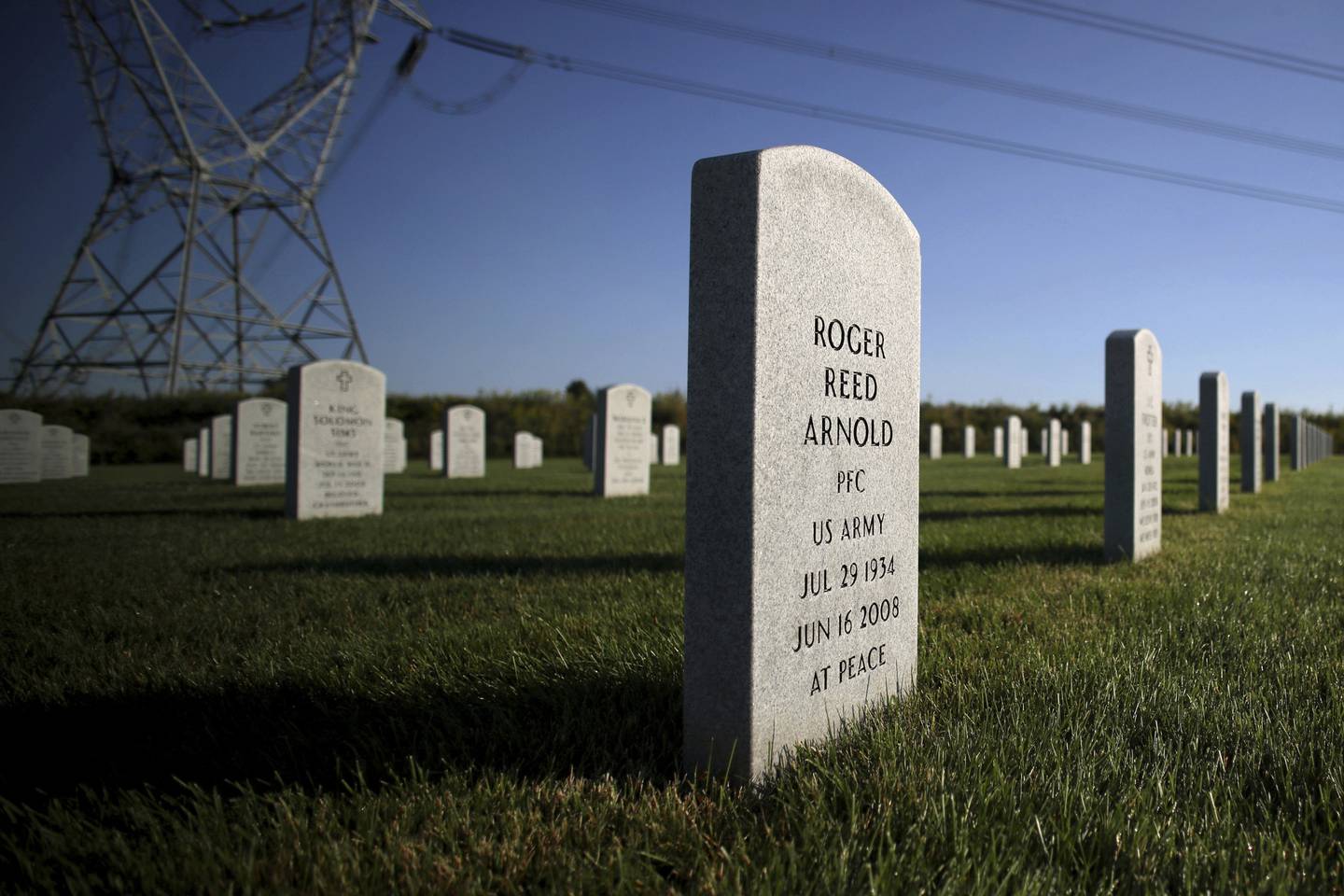
Authorities exhume Roger Arnold’s body and remove his femur for DNA testing. He is reburied at Abraham Lincoln National Cemetery later that day.
Advertisement
Unabomber Theodore Kaczynski files court documents indicating the FBI is seeking his DNAin connection to the Tylenol investigation. Federal prosecutors respond that no charges against him are “currently planned.”
Advertisement
Task Force 2 presents its findings to Cook County and DuPage County prosecutors, in the hopes that at least one of the offices would move on the largely circumstantial case. No charges are filed.
Advertisement
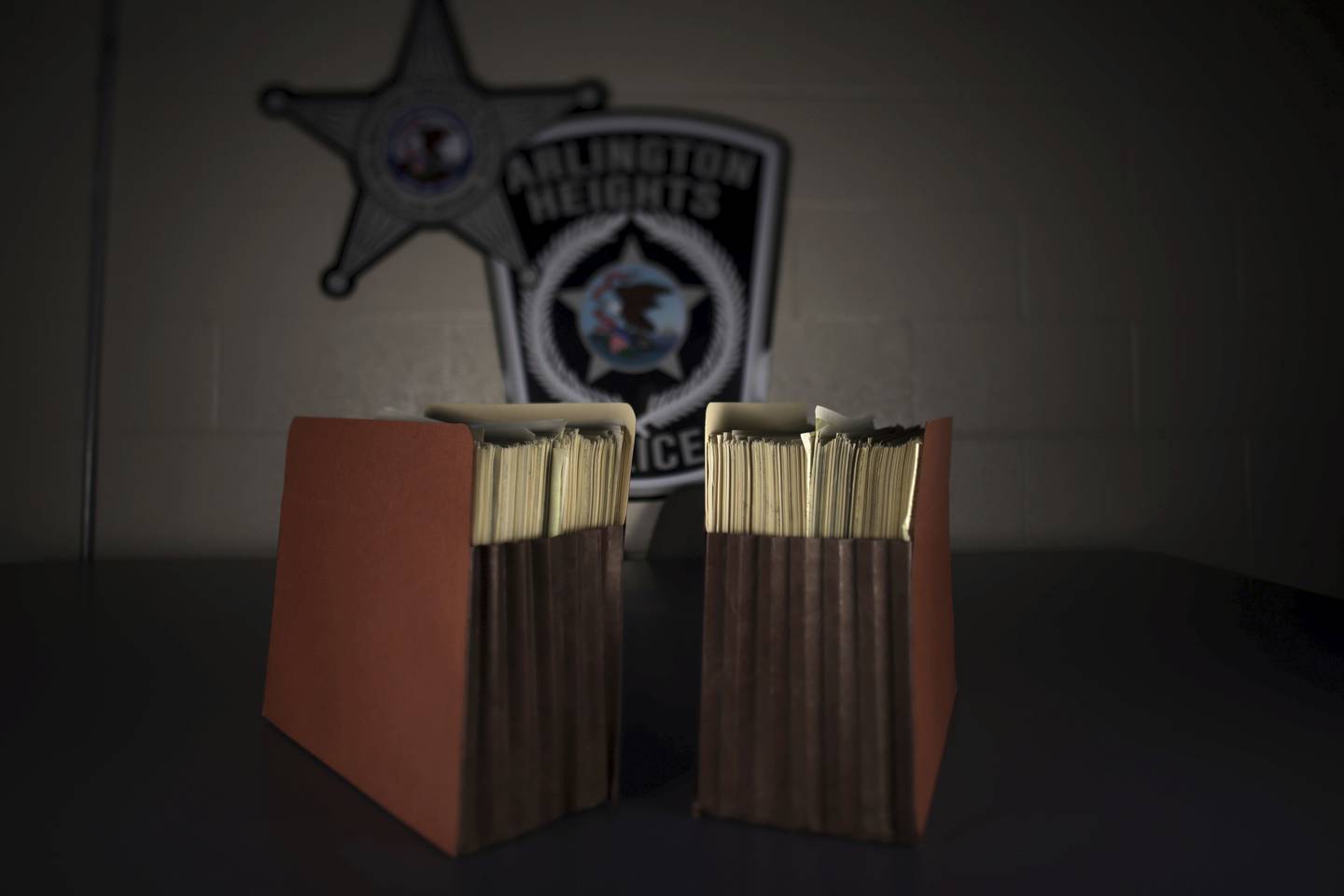
Authorities meet with top investigators at Cook County State’s Attorney Kim Foxx’s office to discuss the case against James Lewis. It results in no movement. Later meetings are held in July and August and also include representatives from the DuPage County state’s attorney’s office and the Illinois State Police.
Advertisement
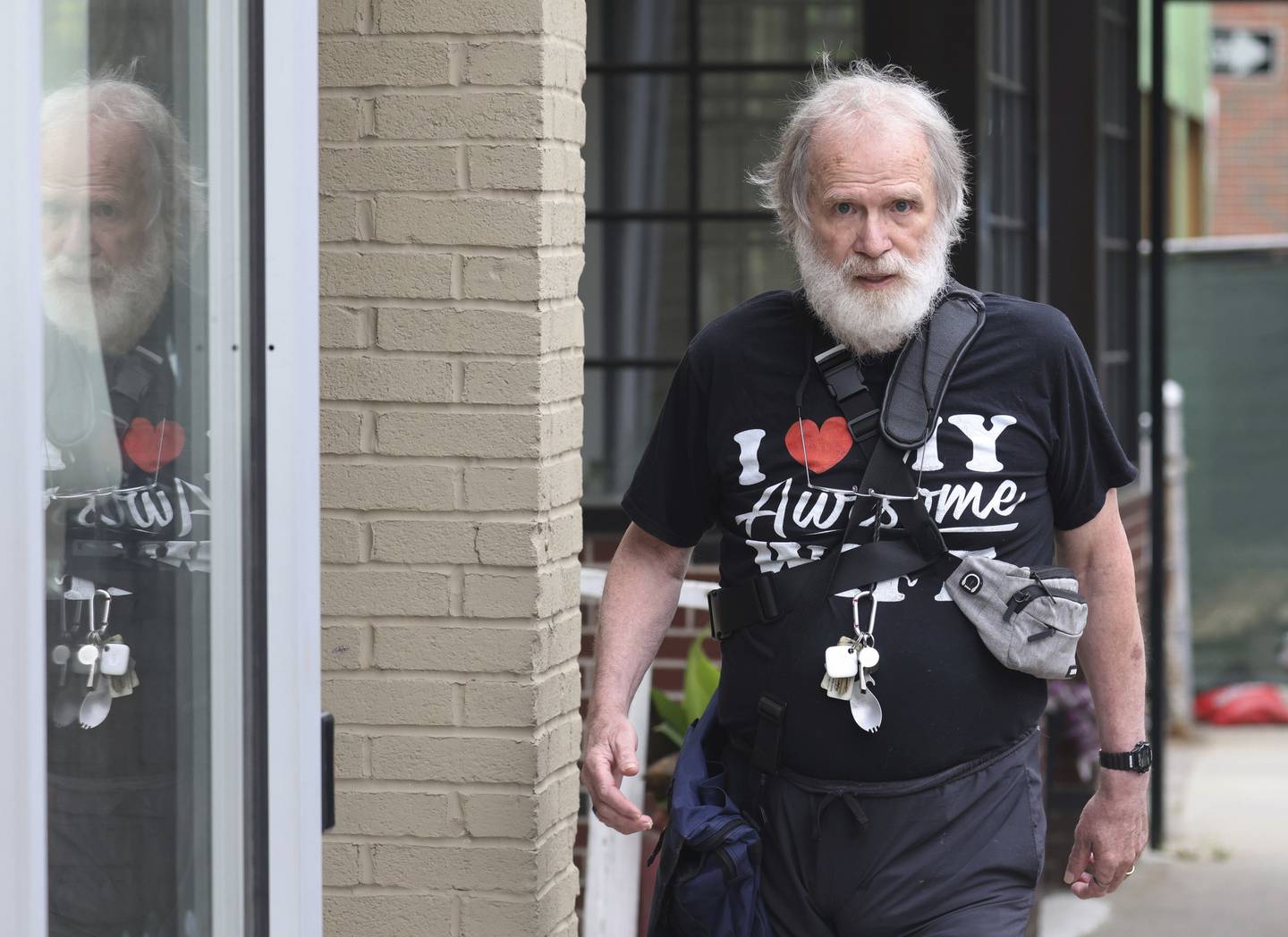
Illinois authorities interview James Lewis for several hours in a taped conversation at a hotel within walking distance of his condominium in Cambridge, Massachusetts.
Advertisement
The 40th anniversary of the Tylenol murders arrives. The poisonings remain unsolved.
SOURCE: Tribune interviews, archives.



